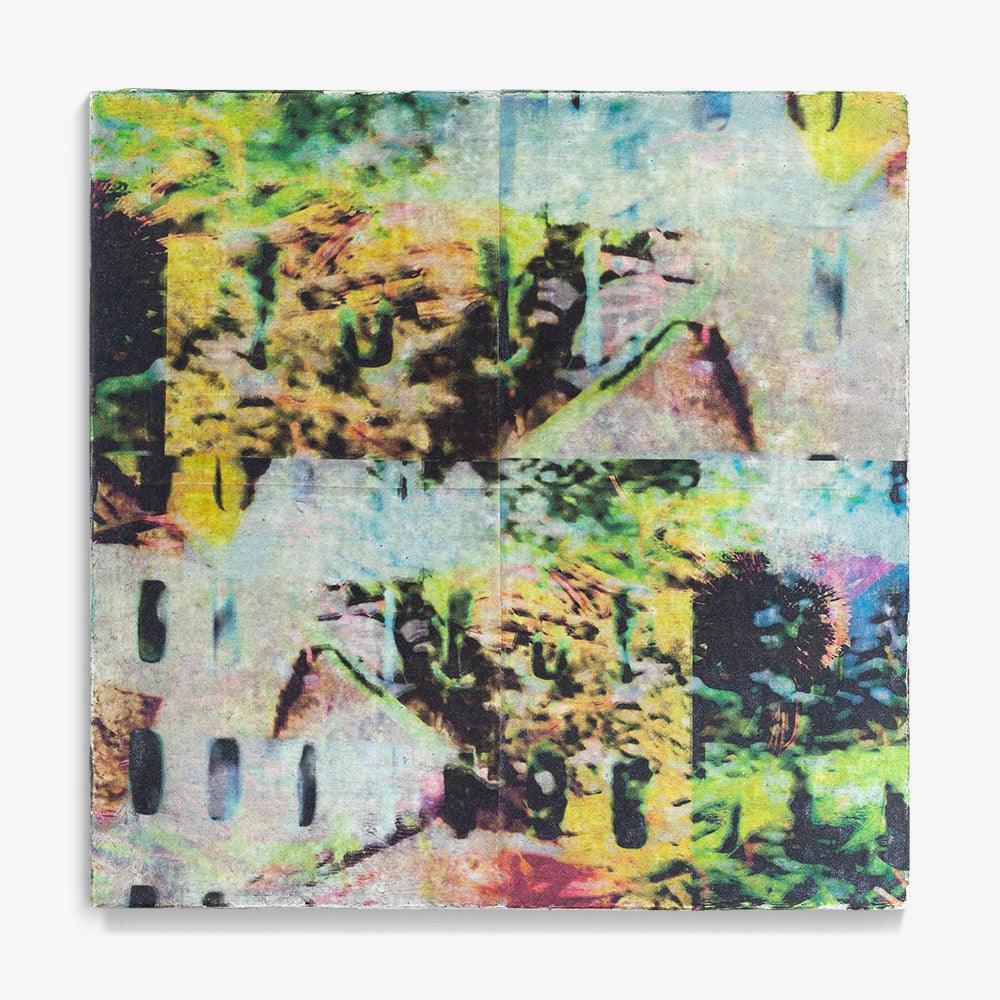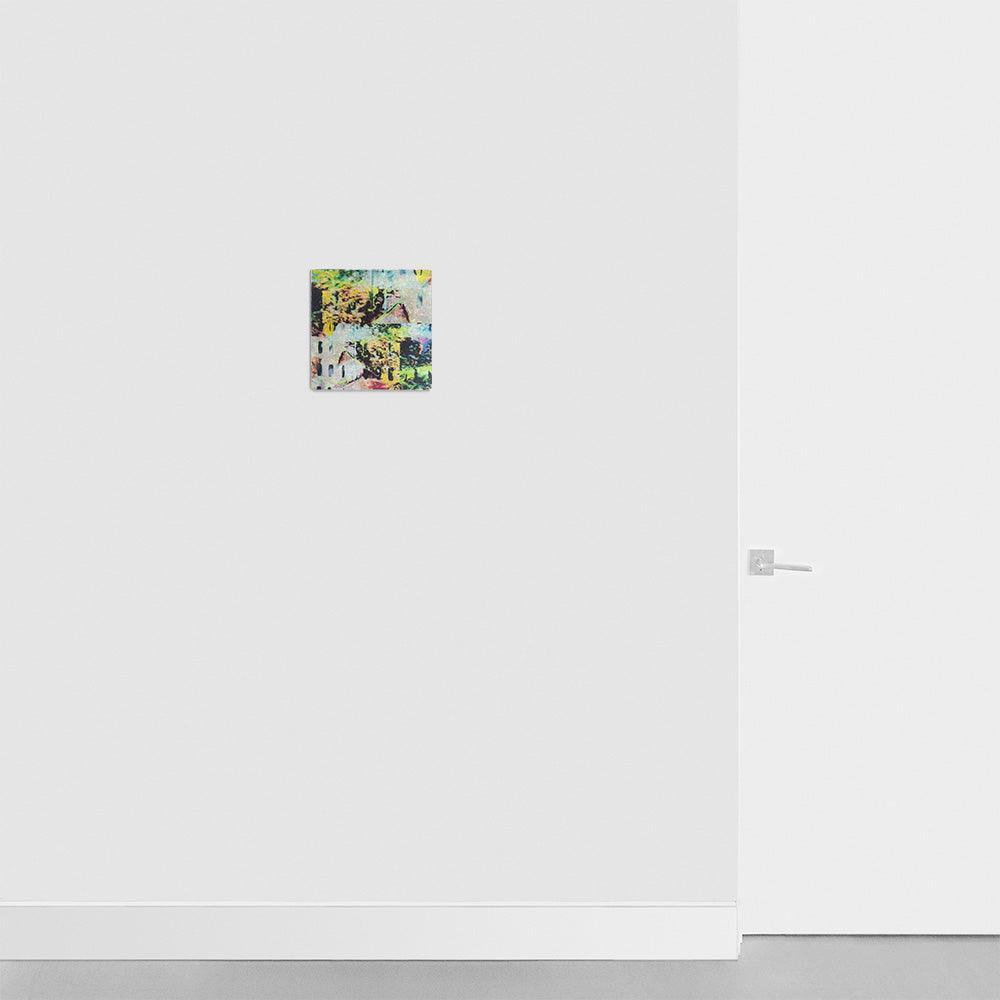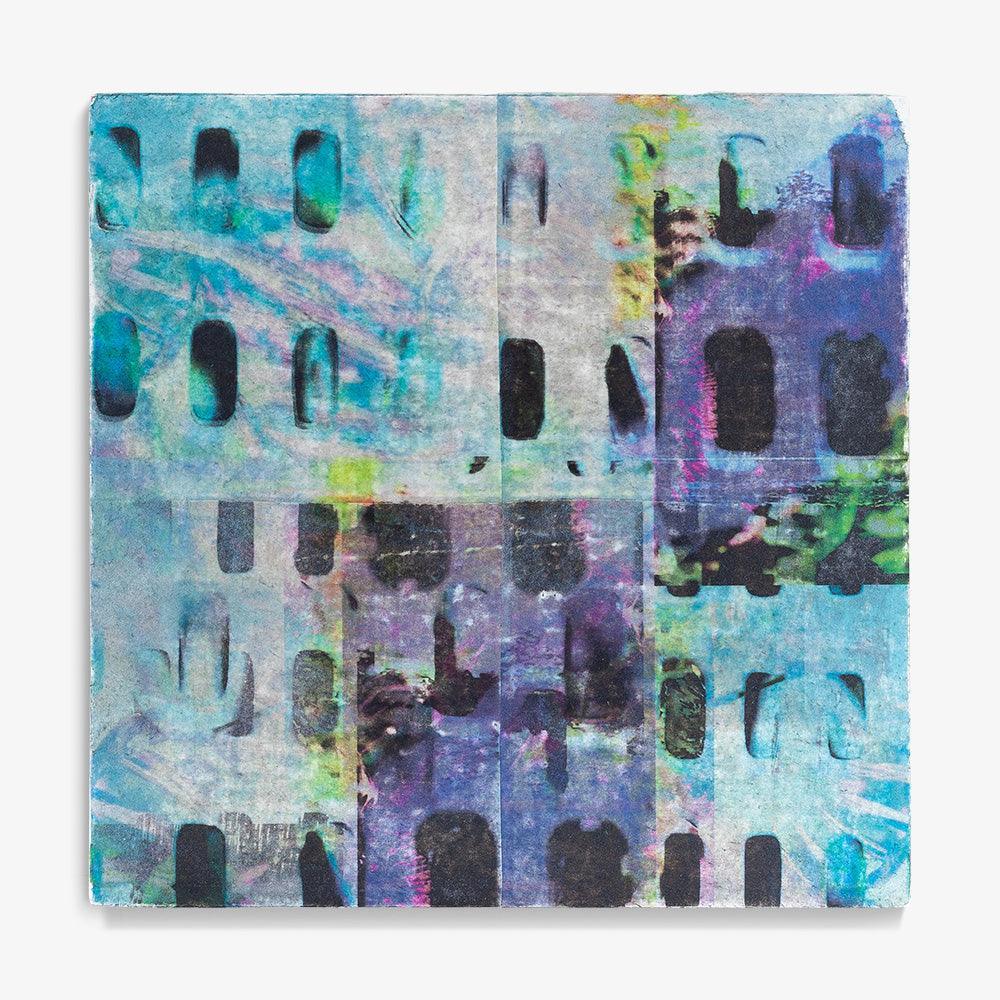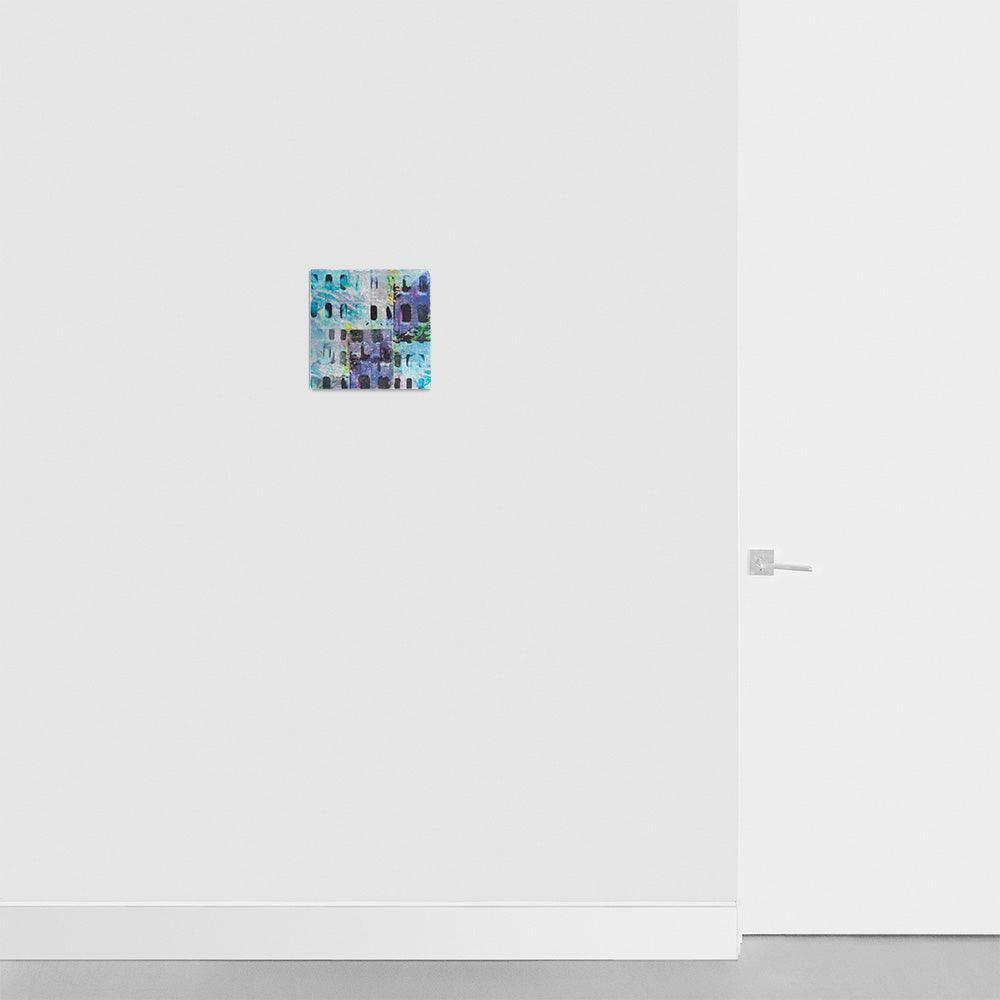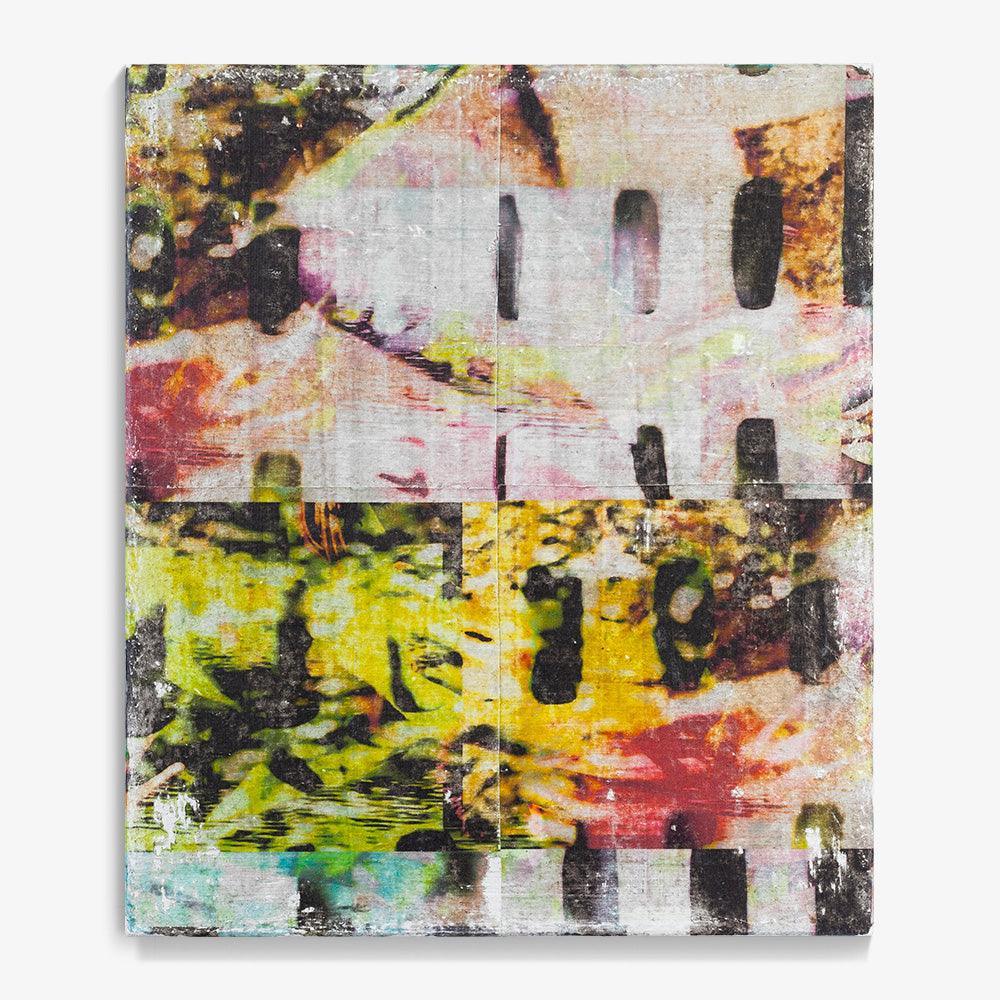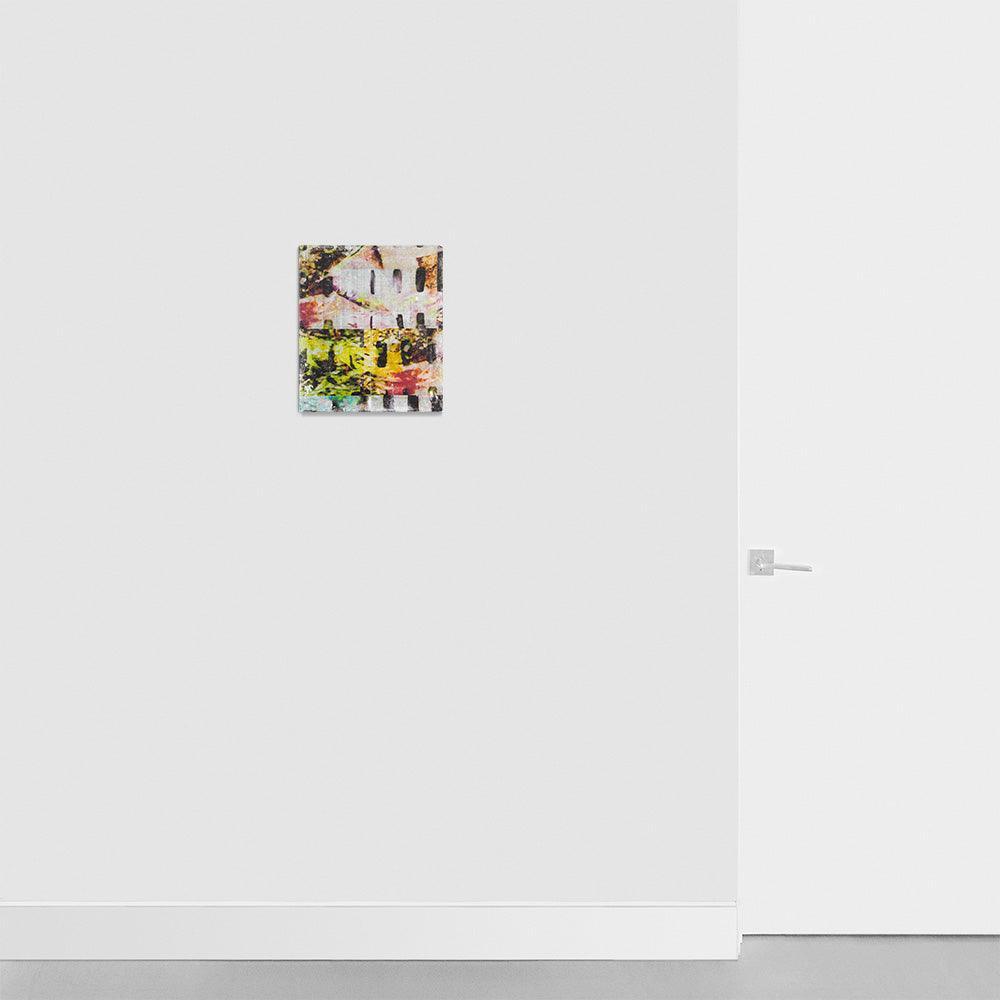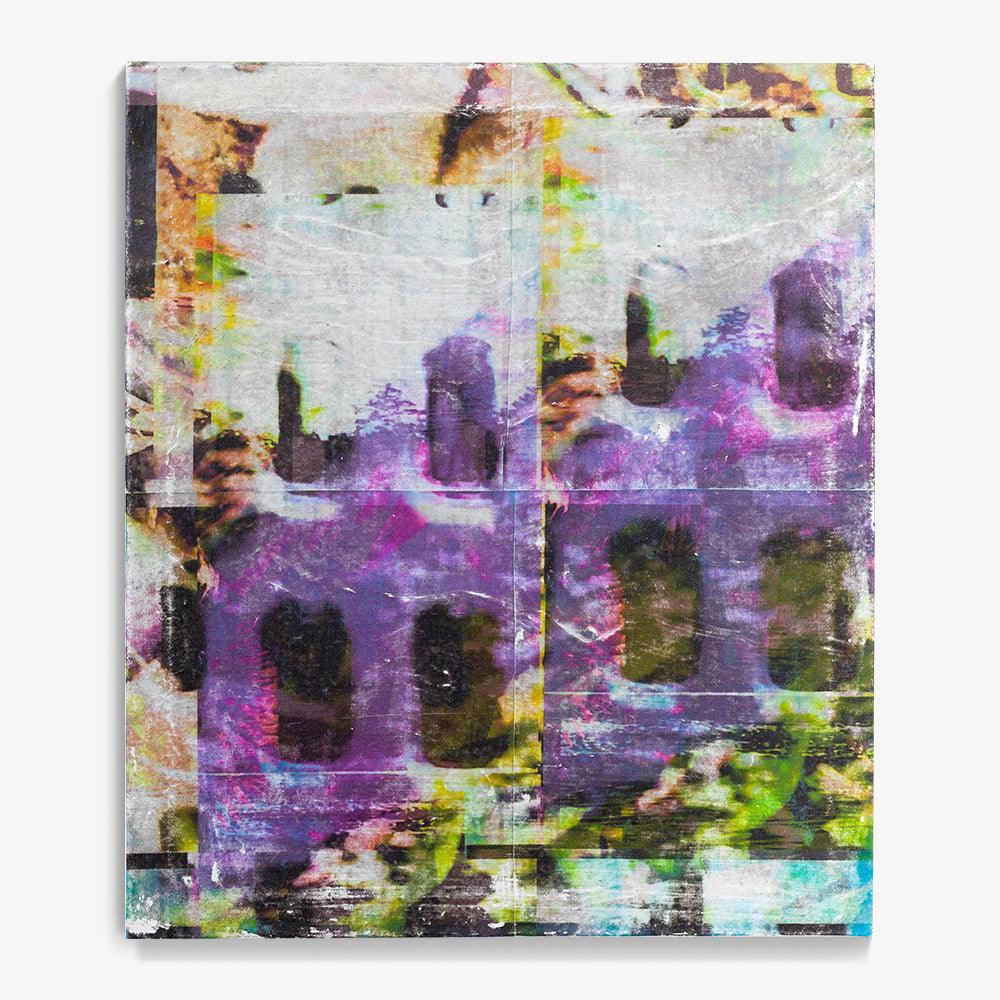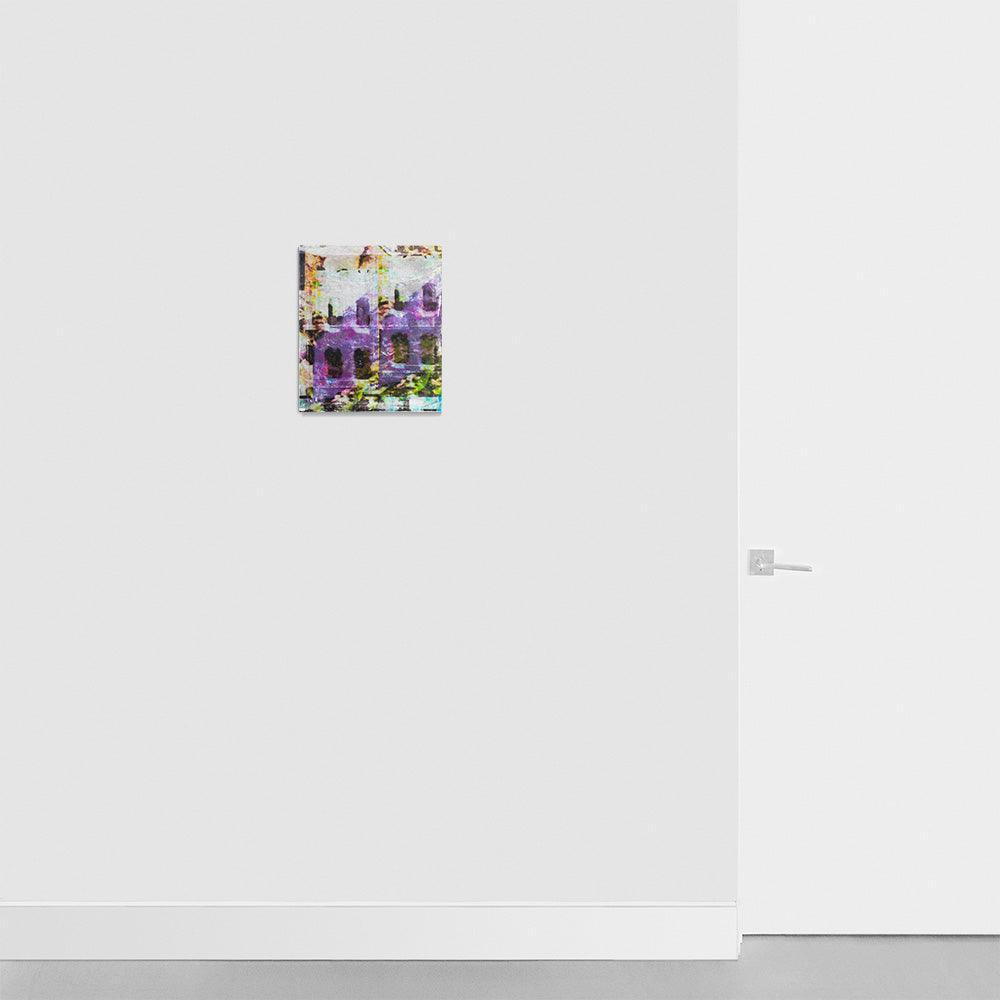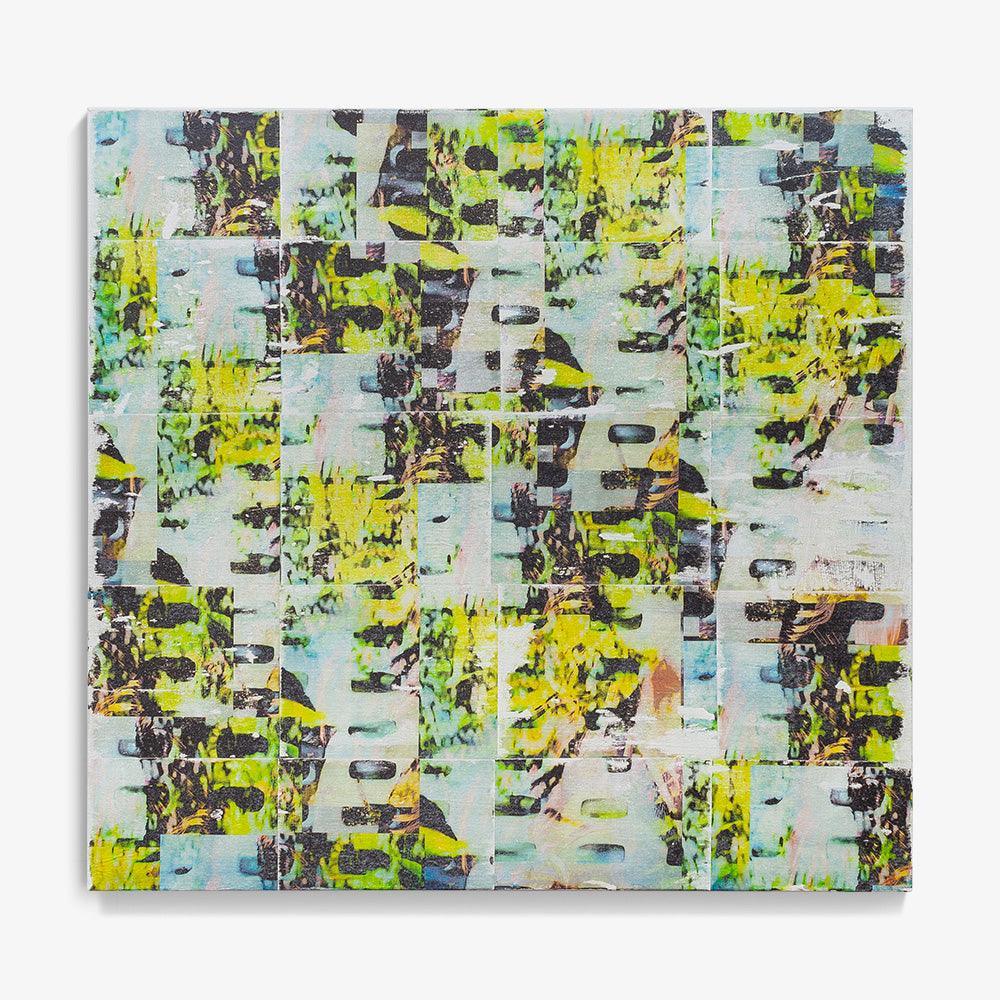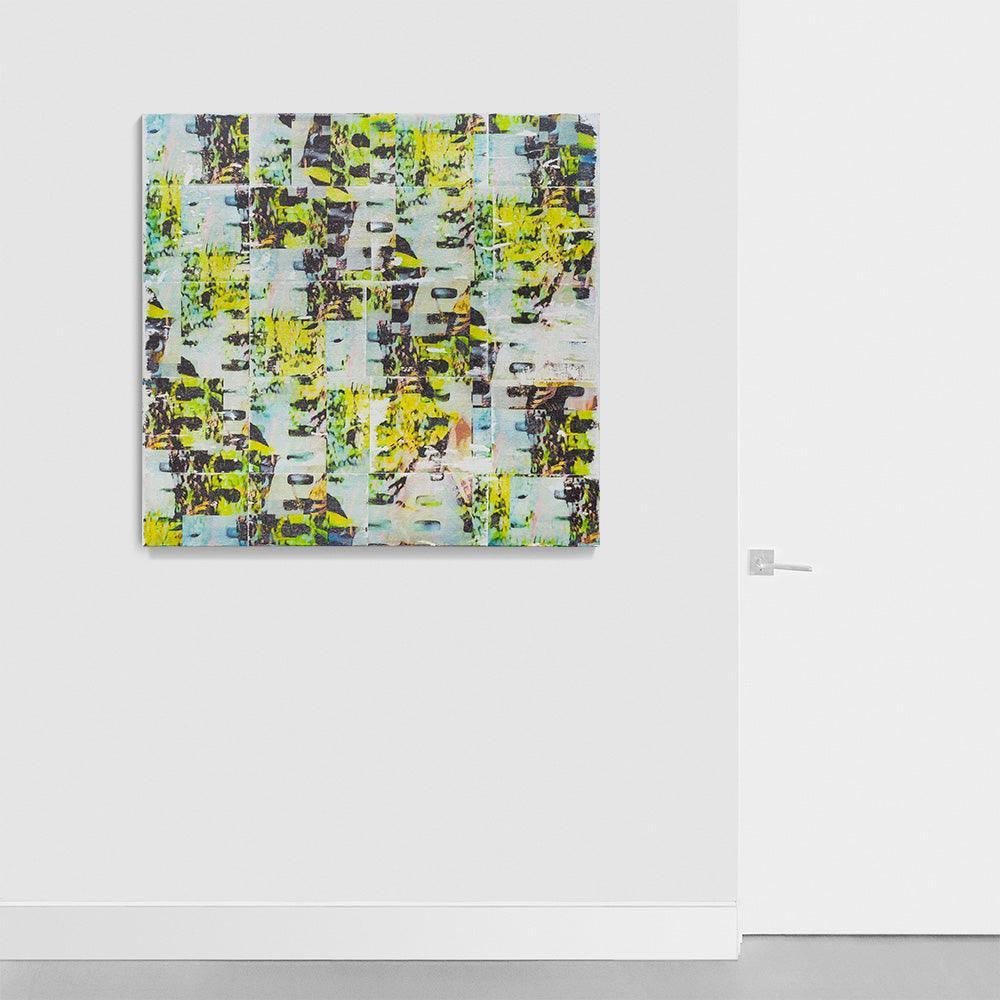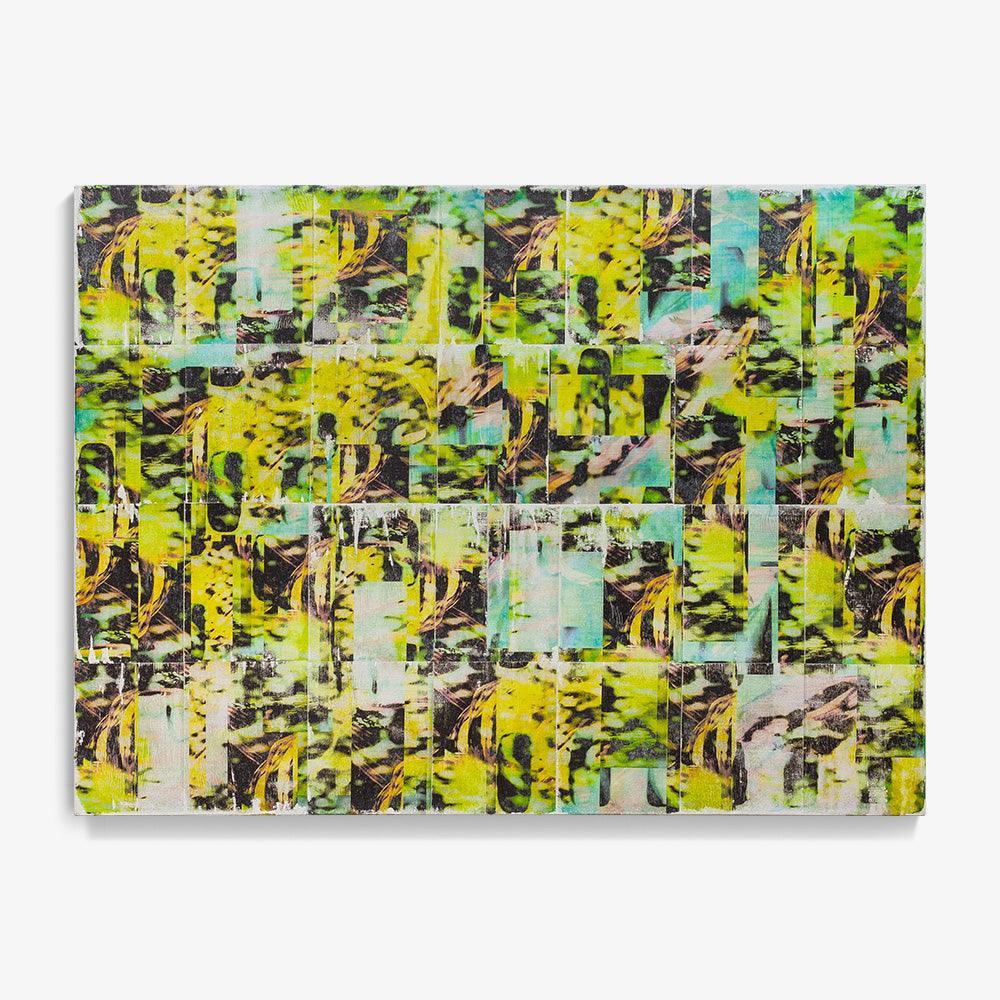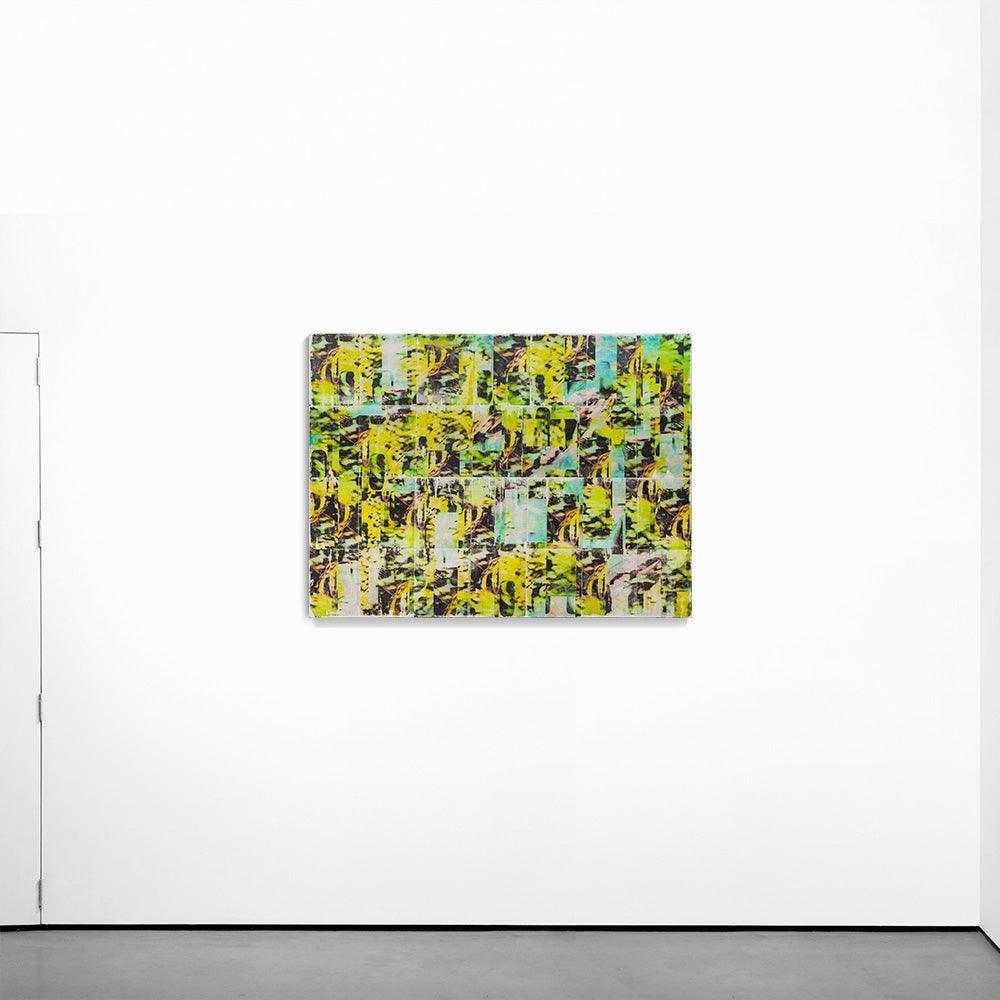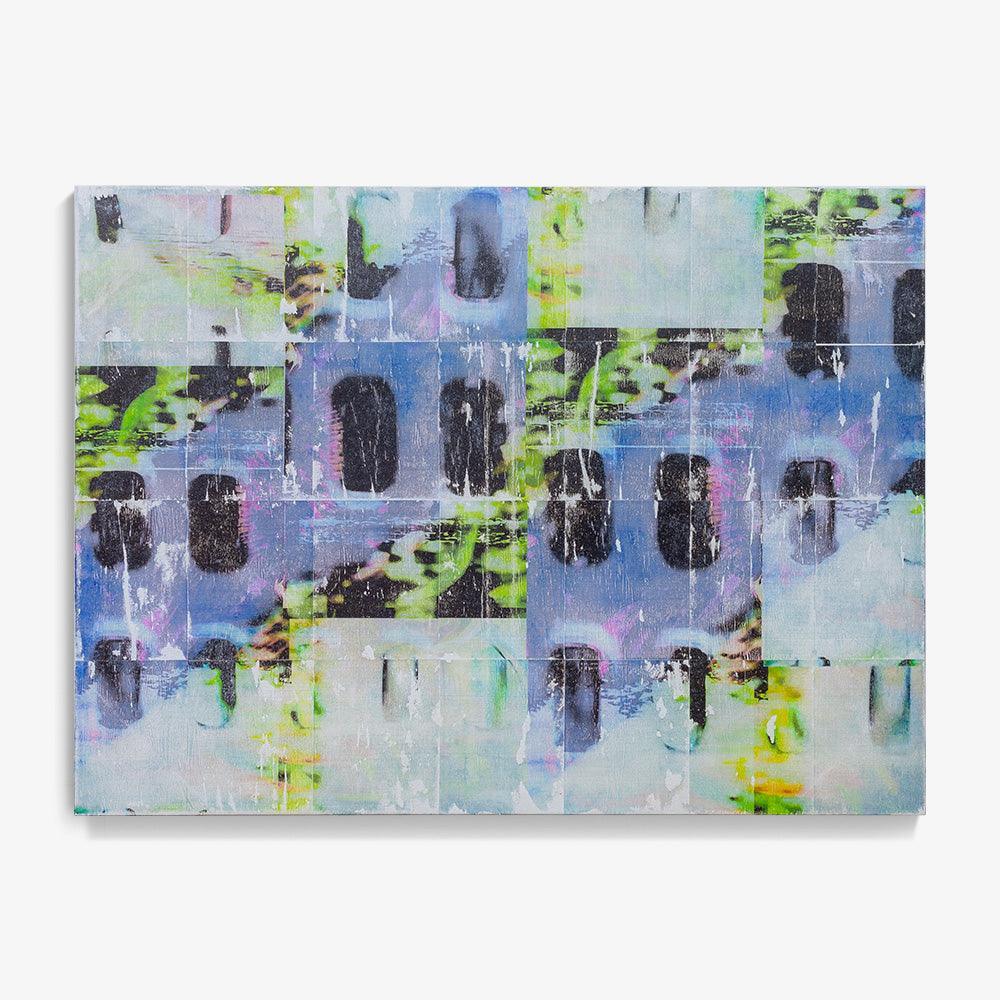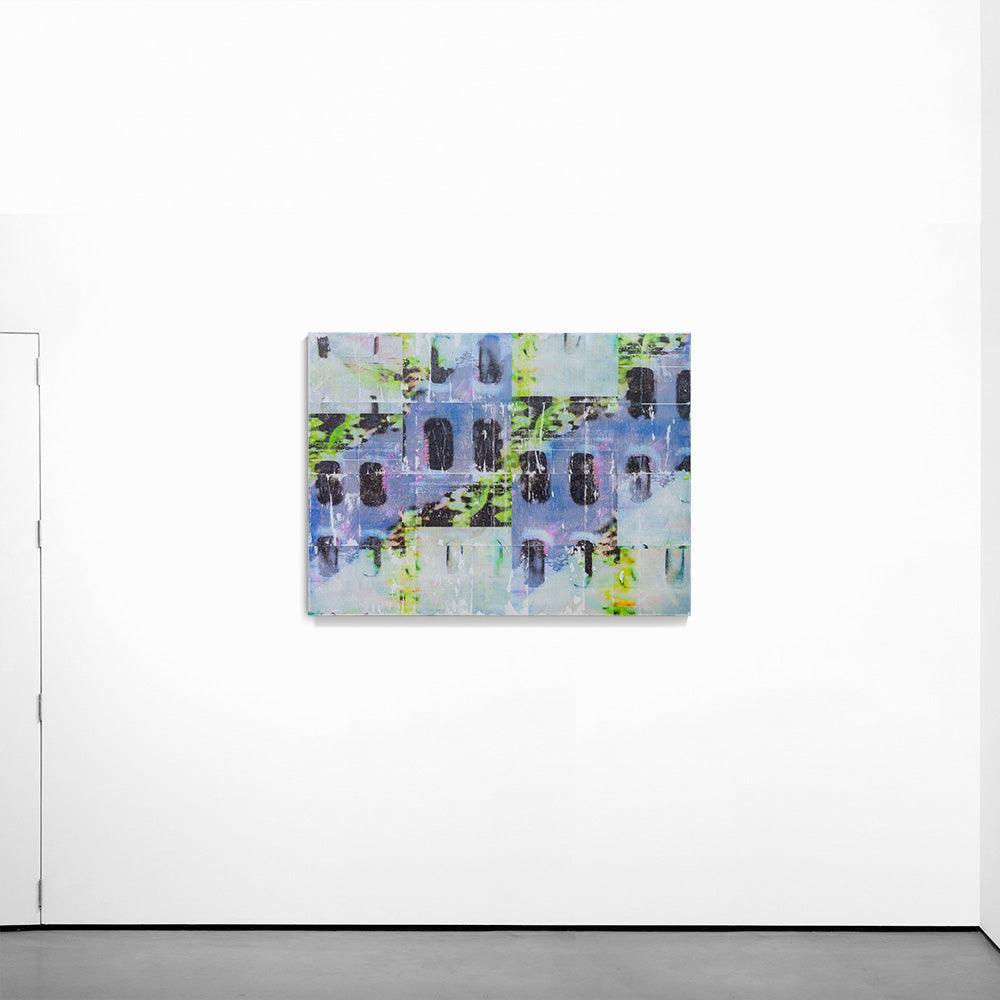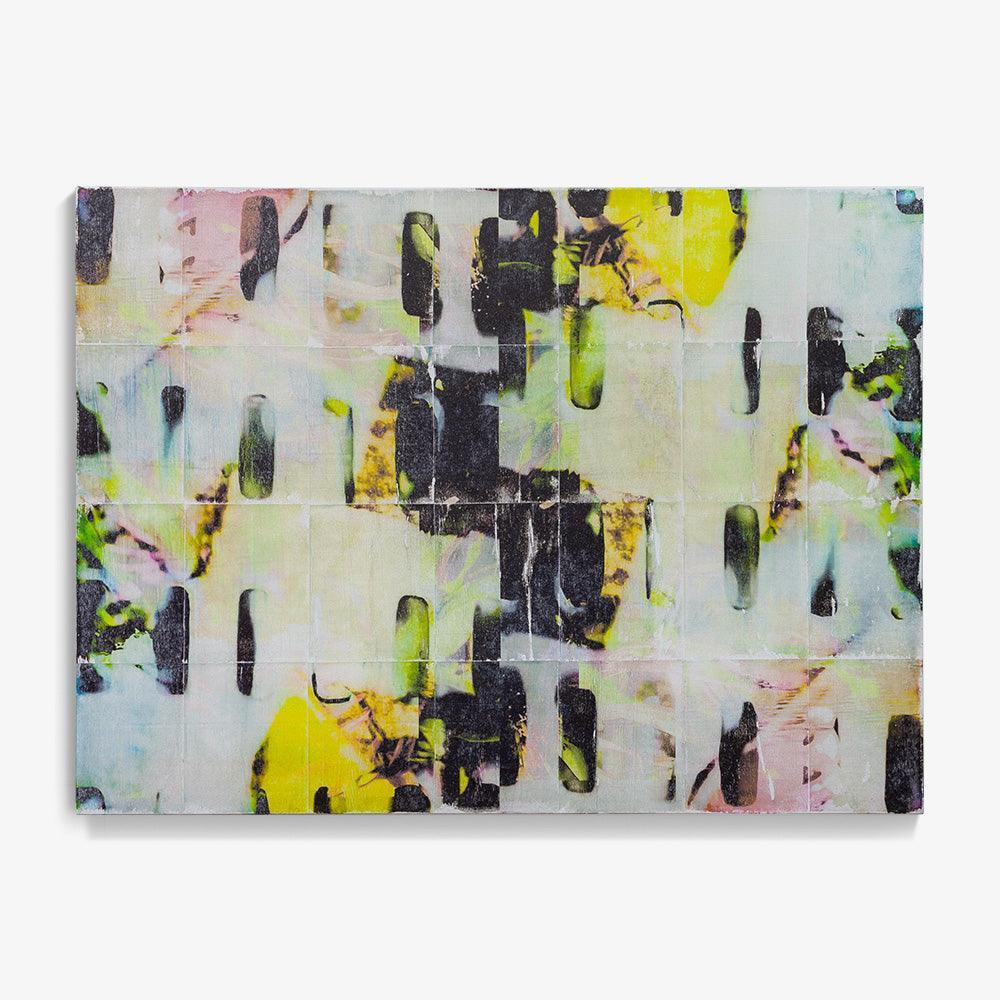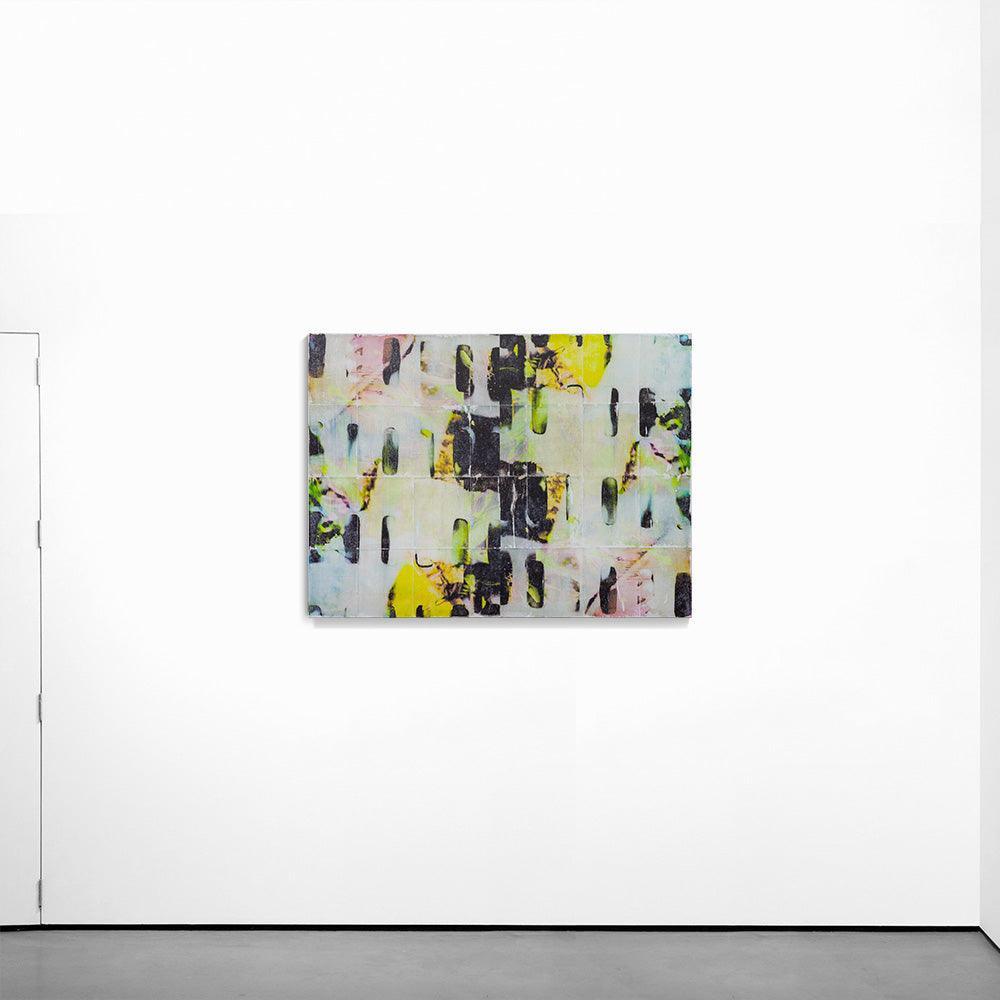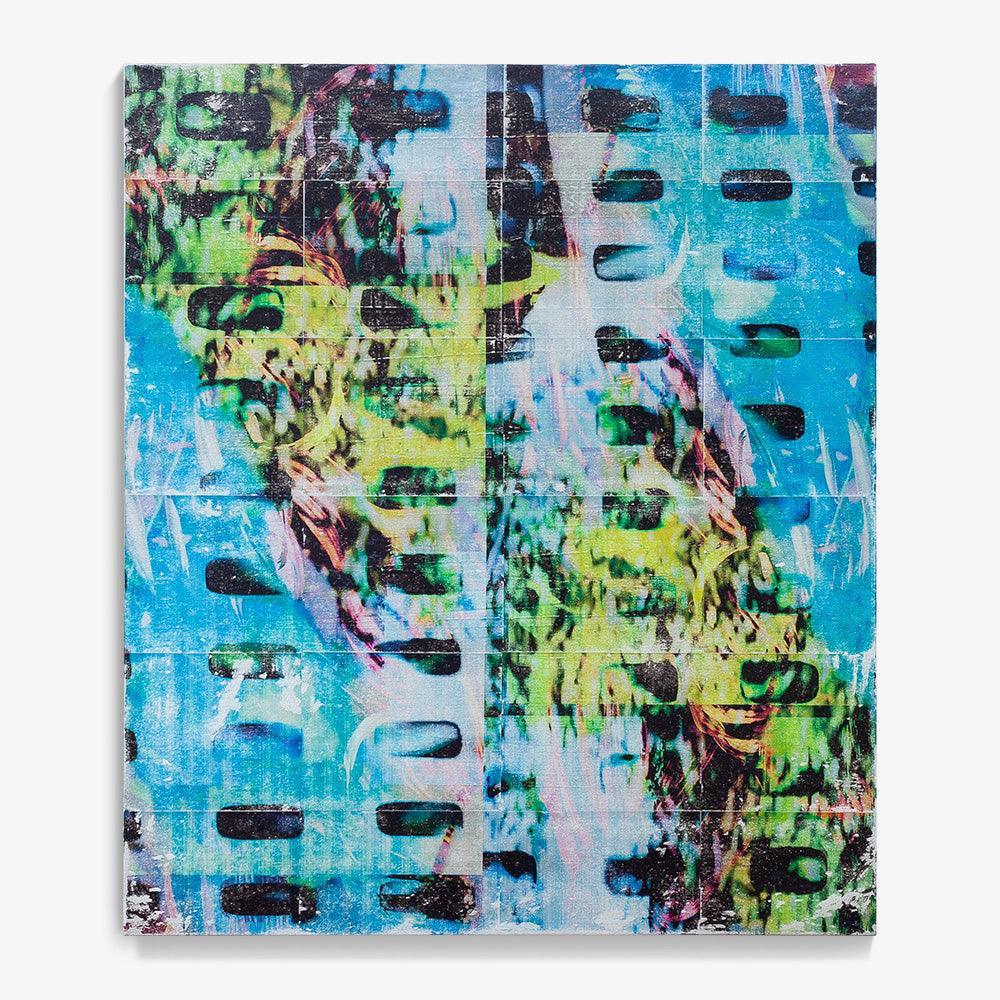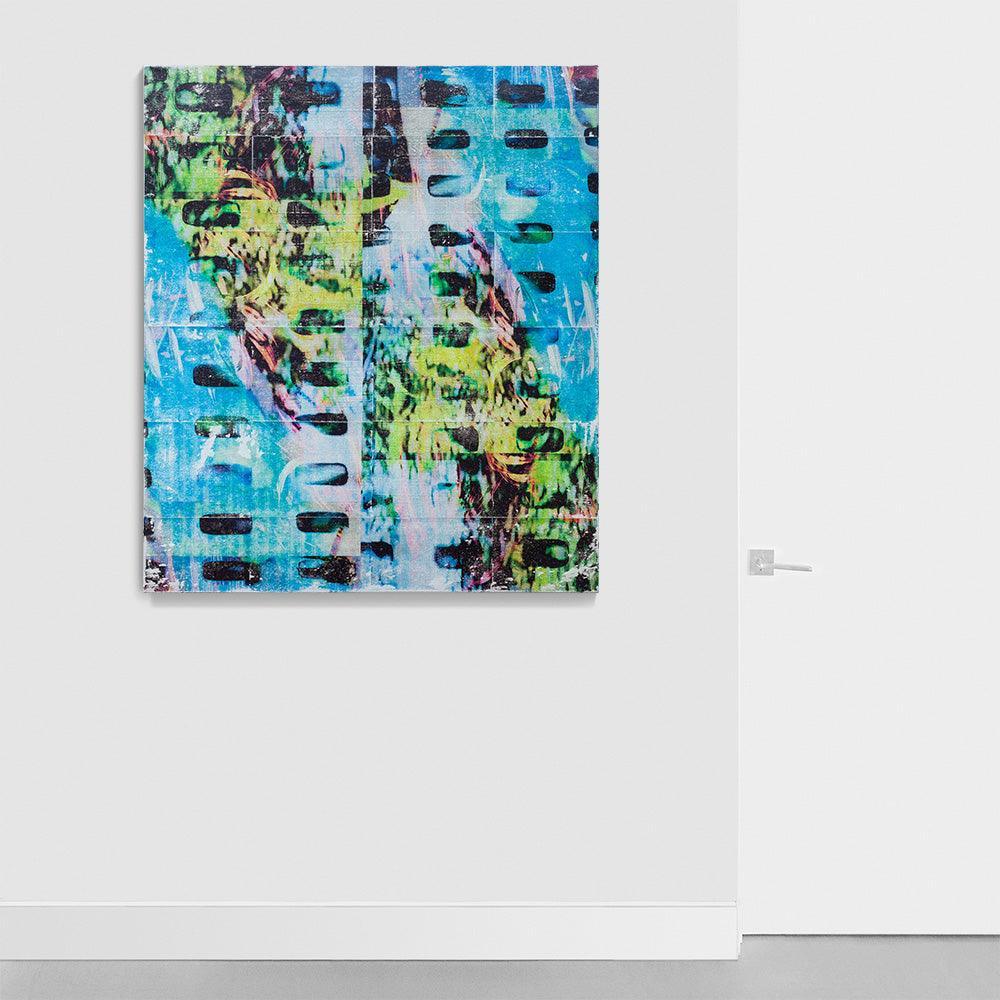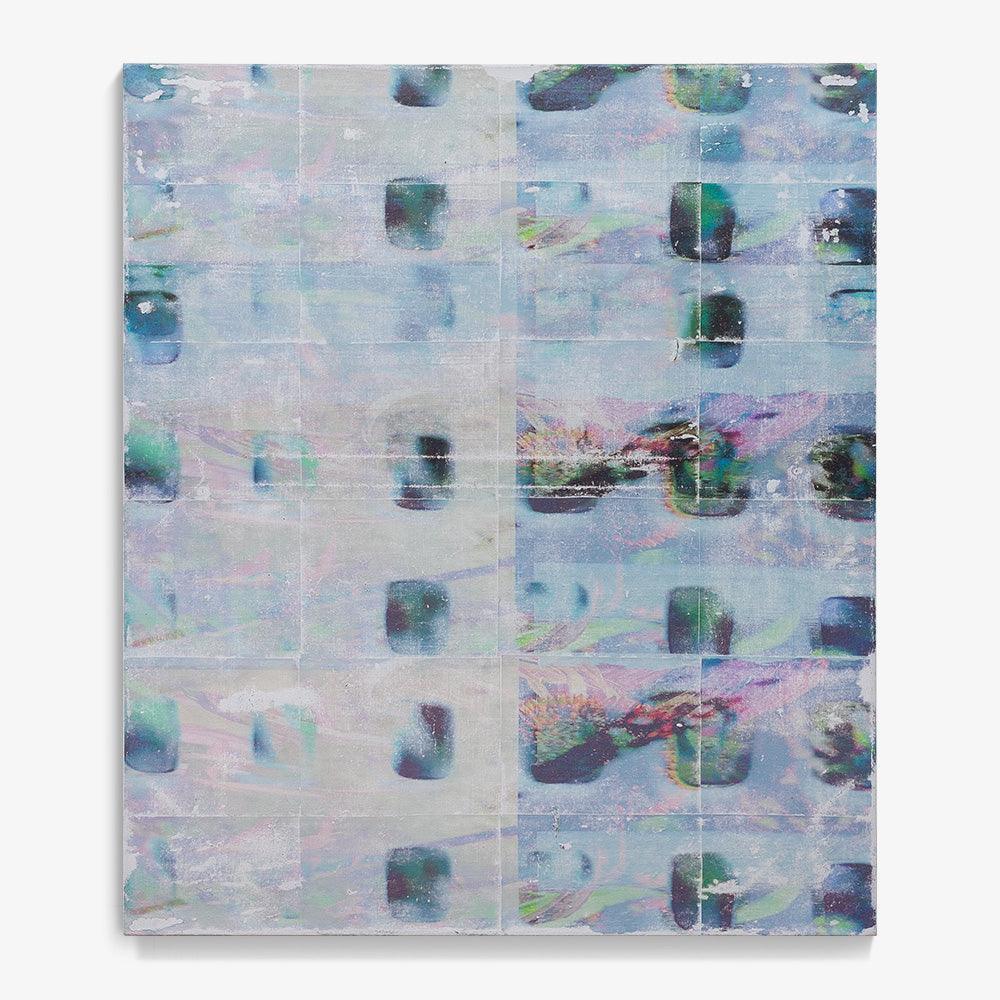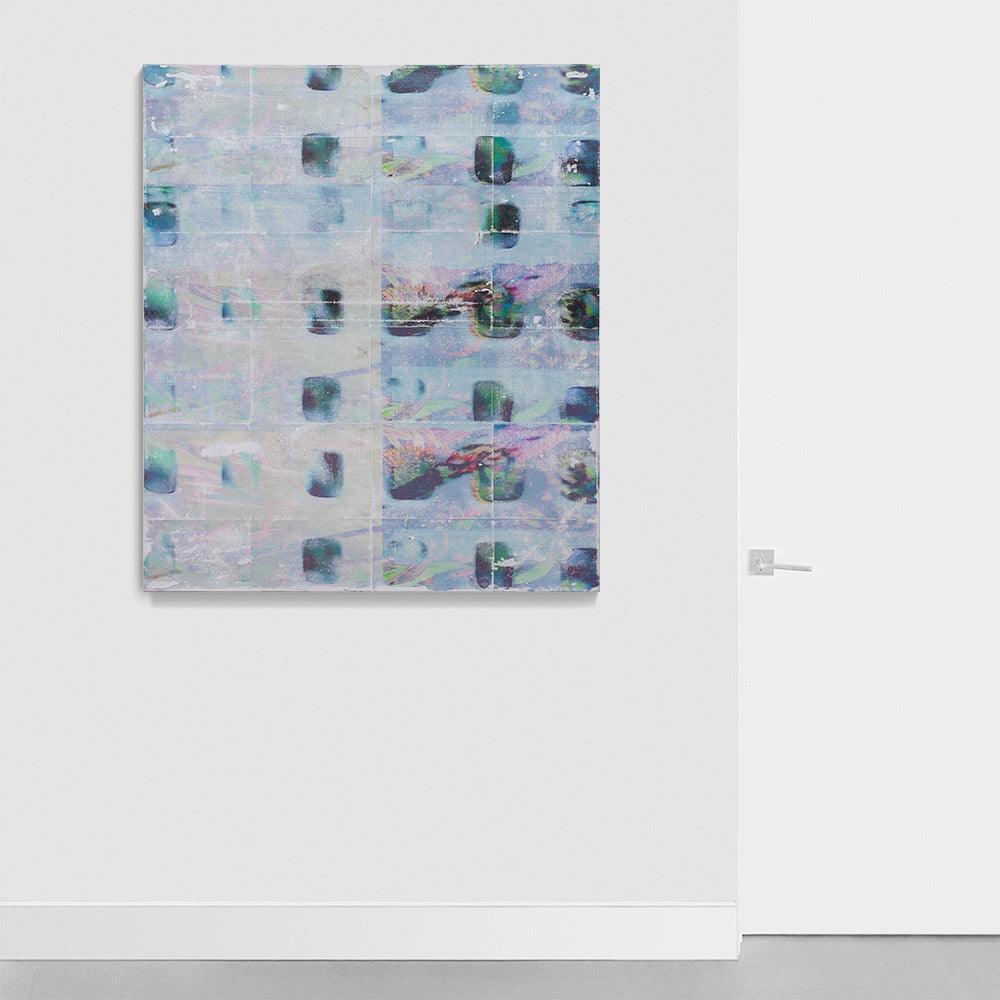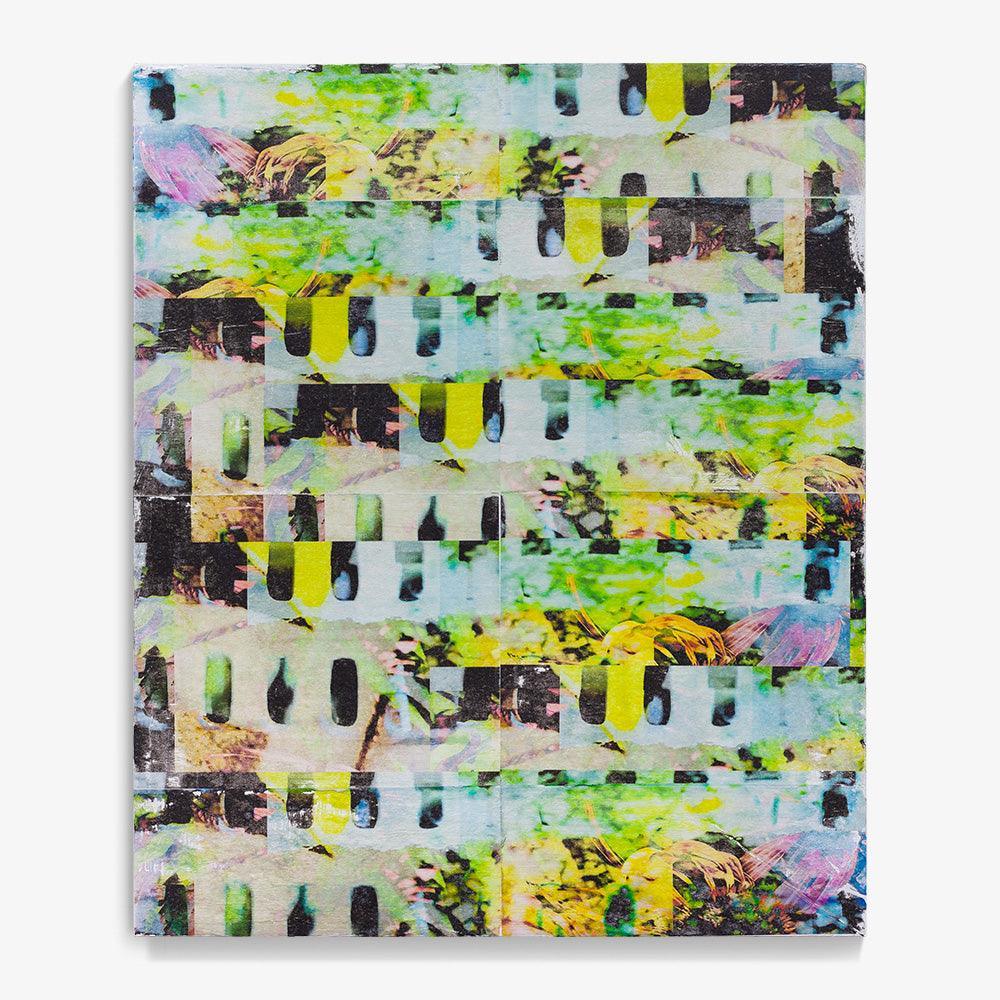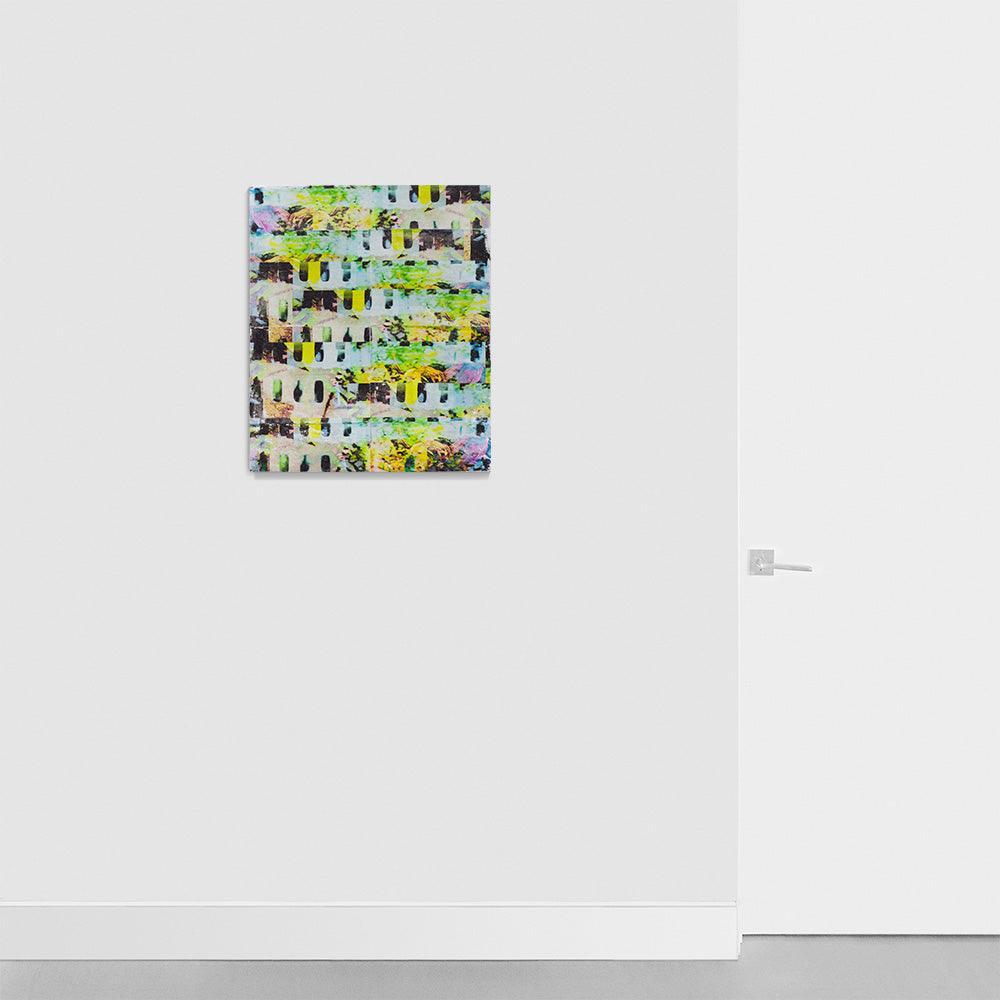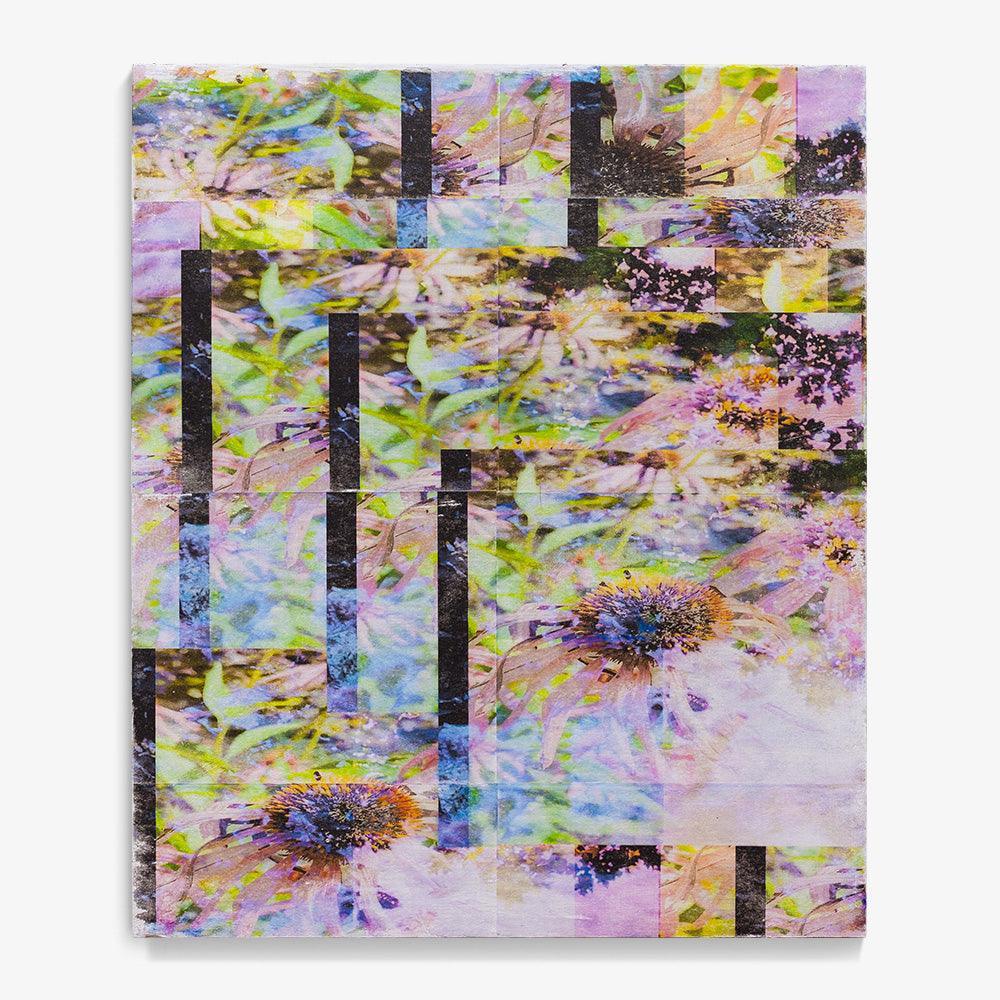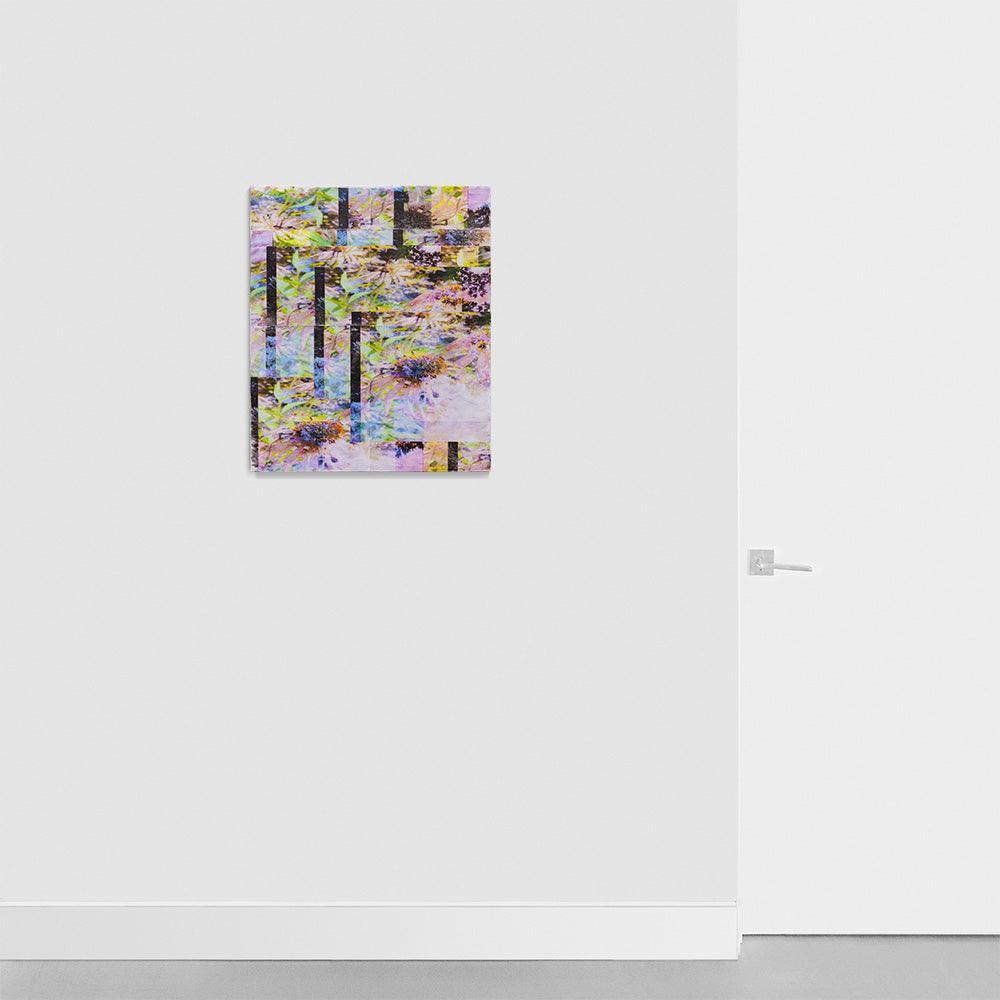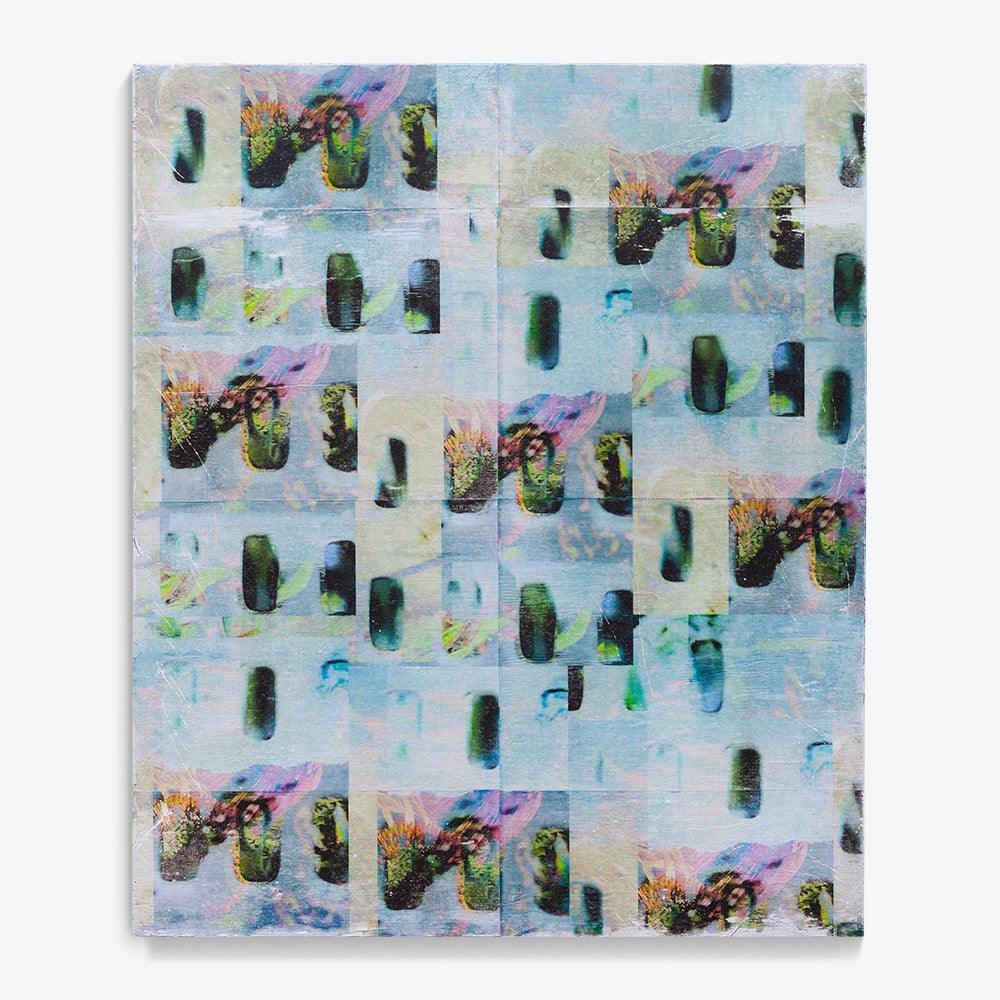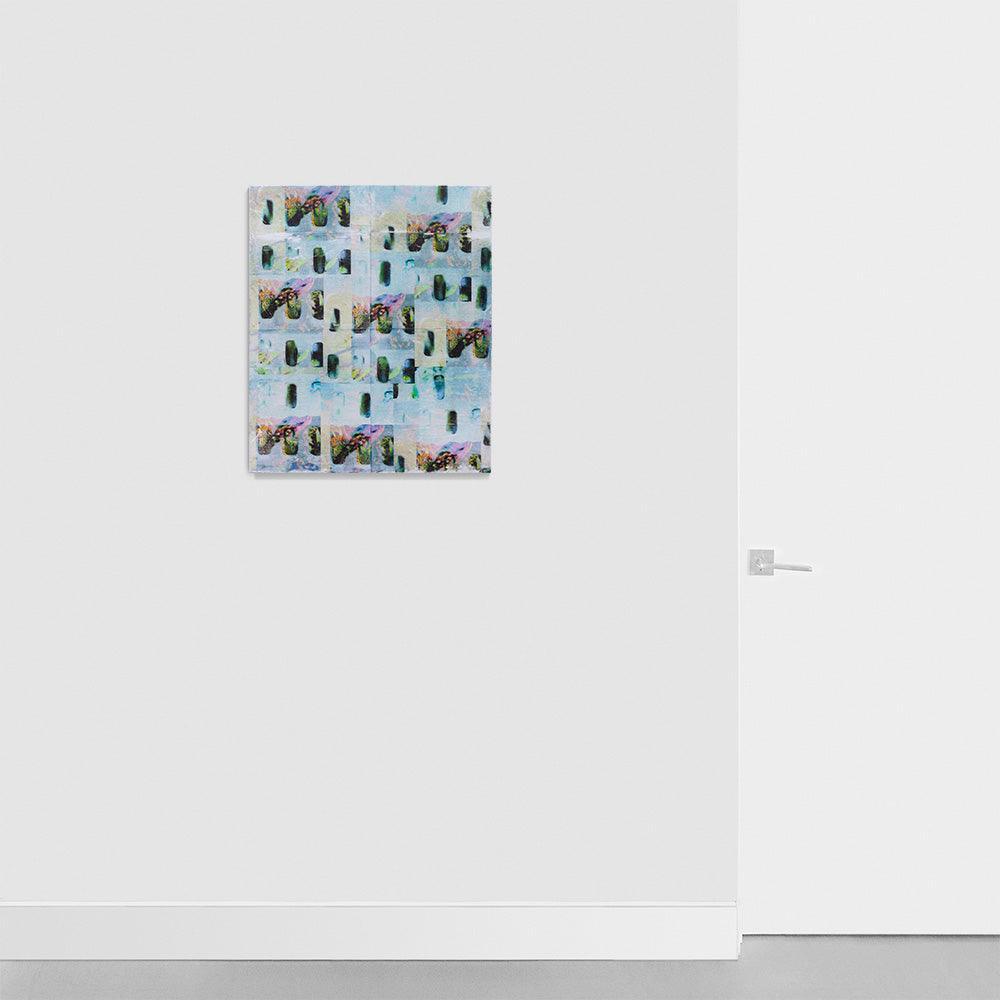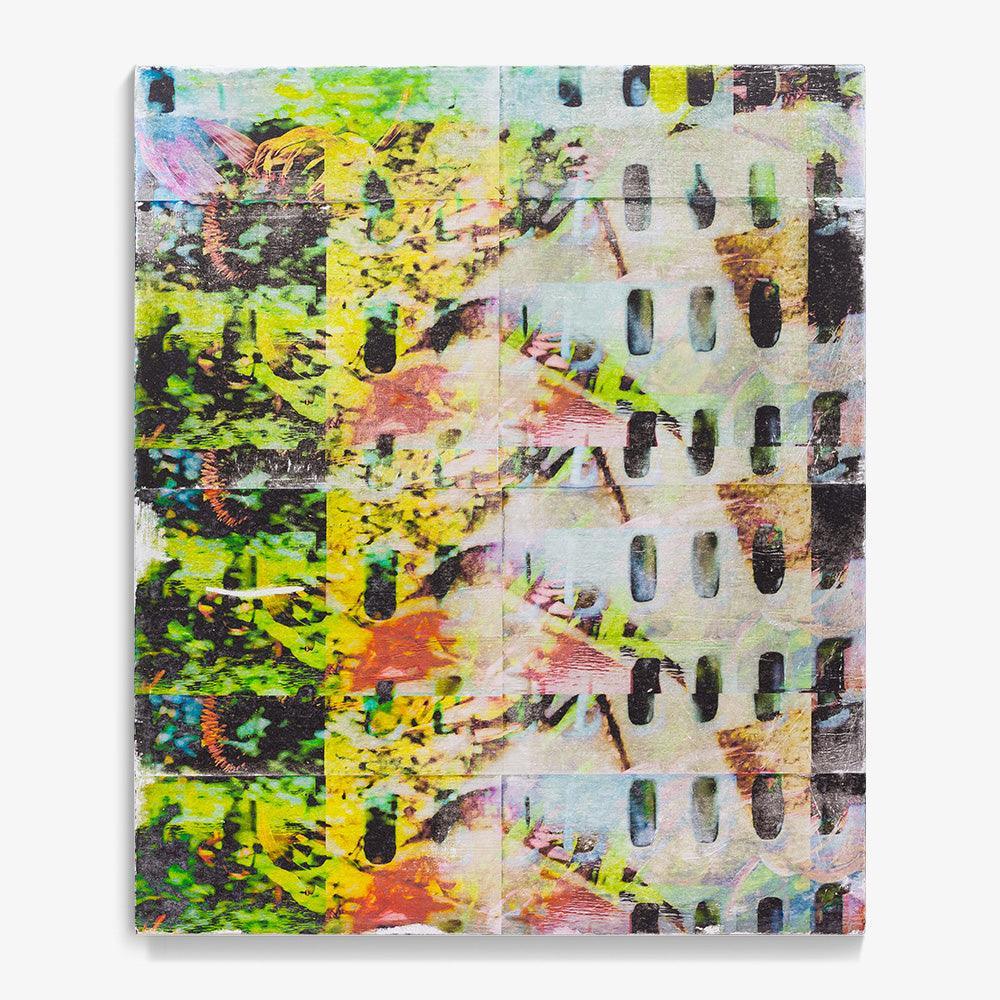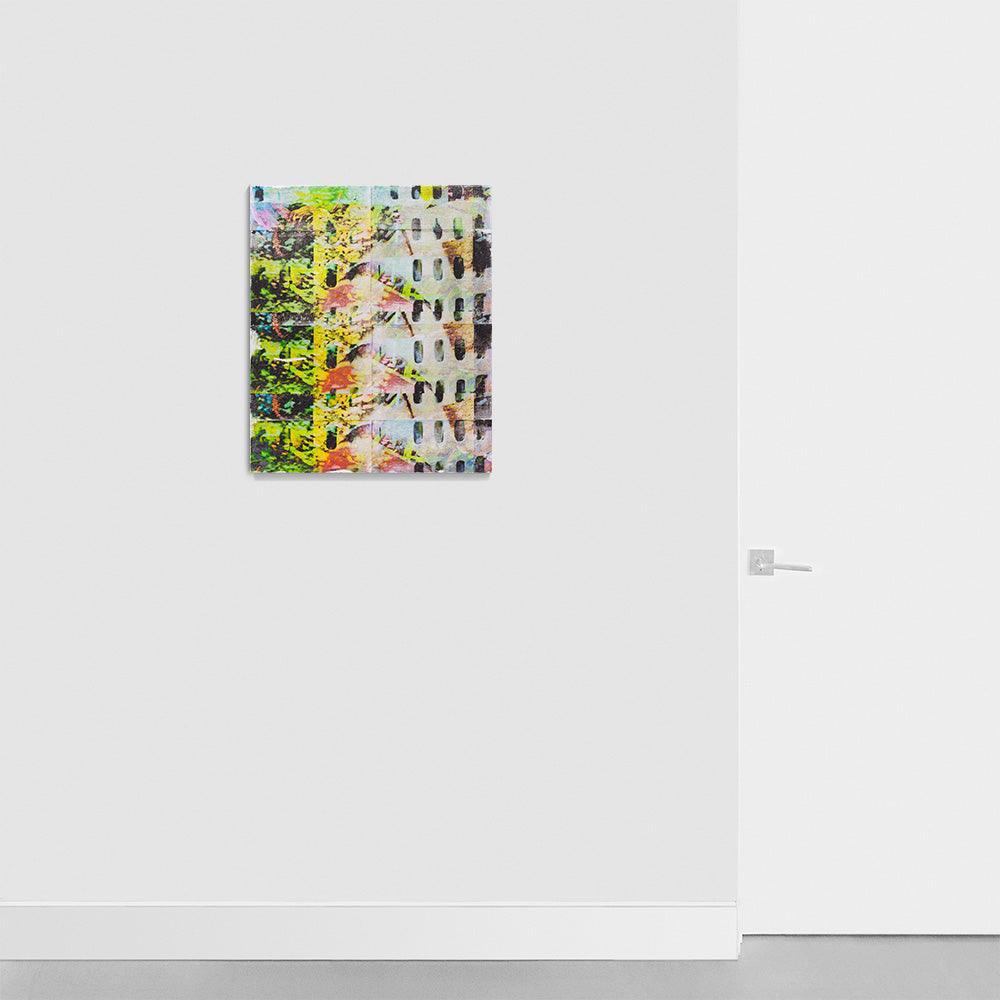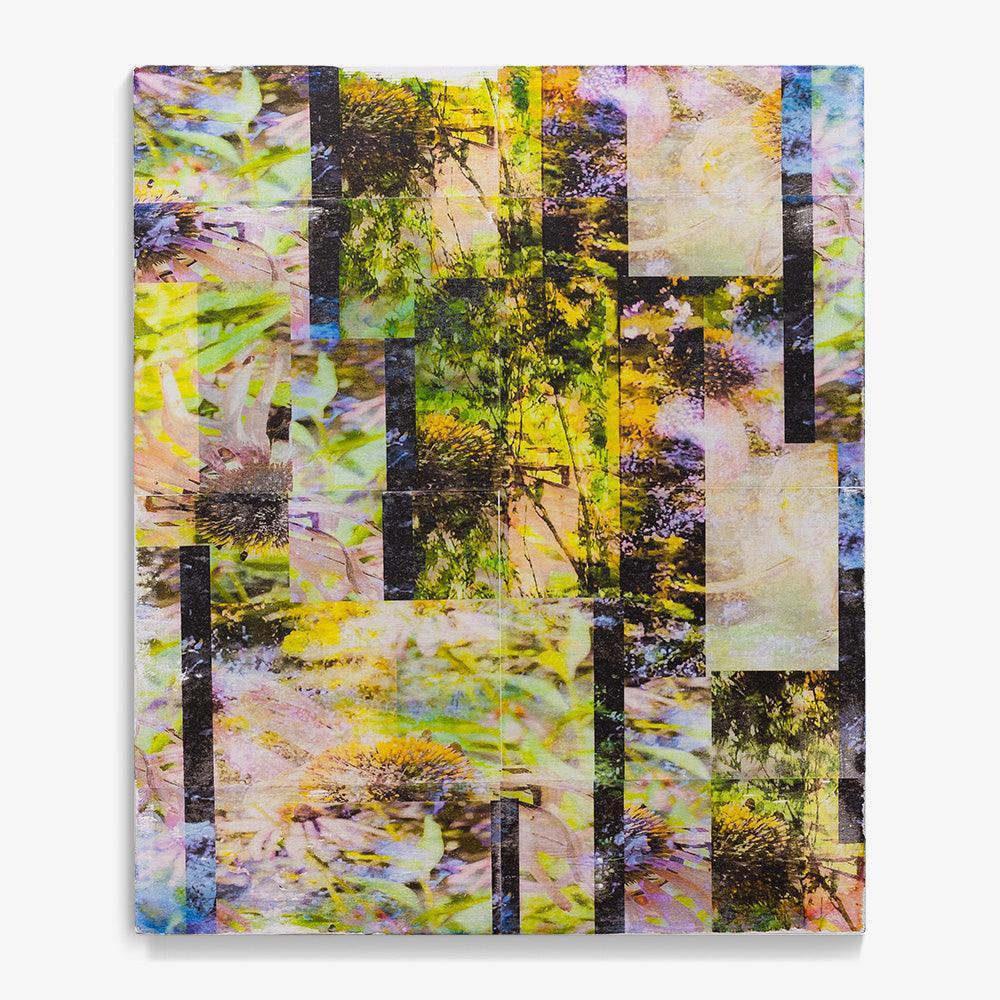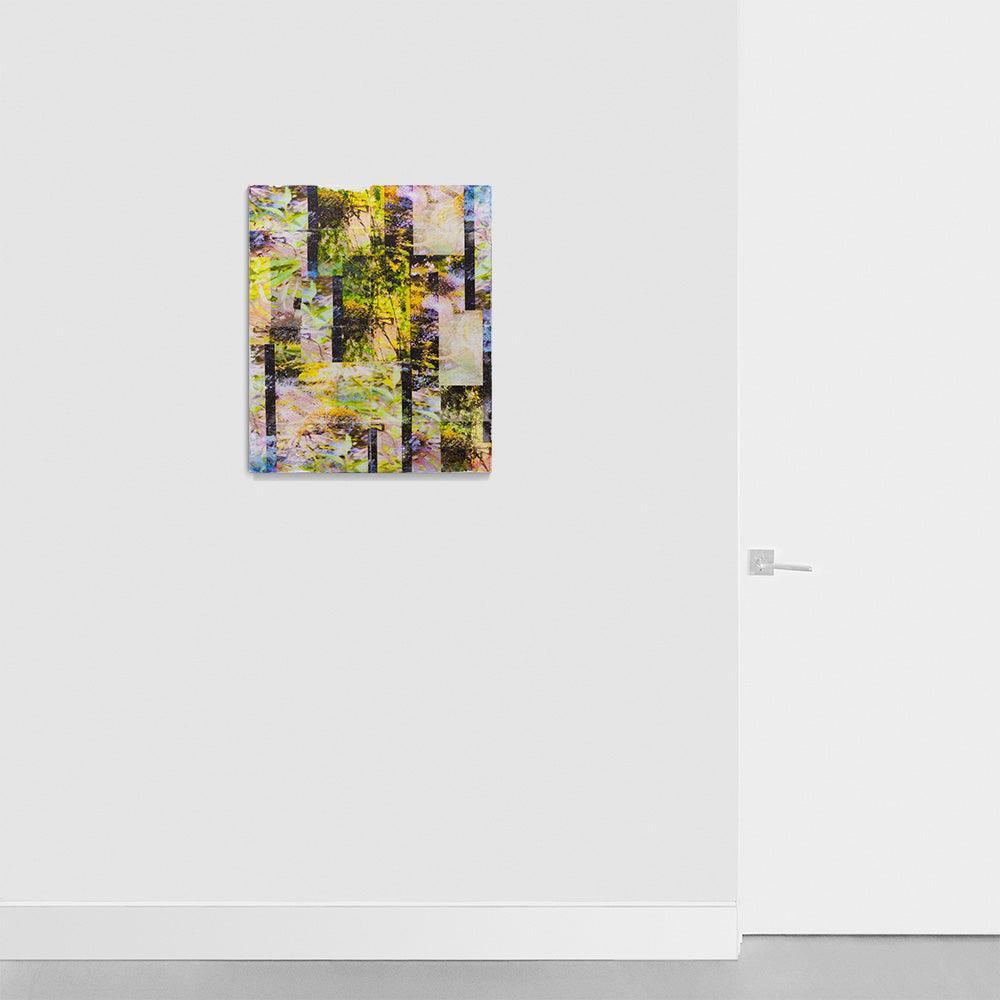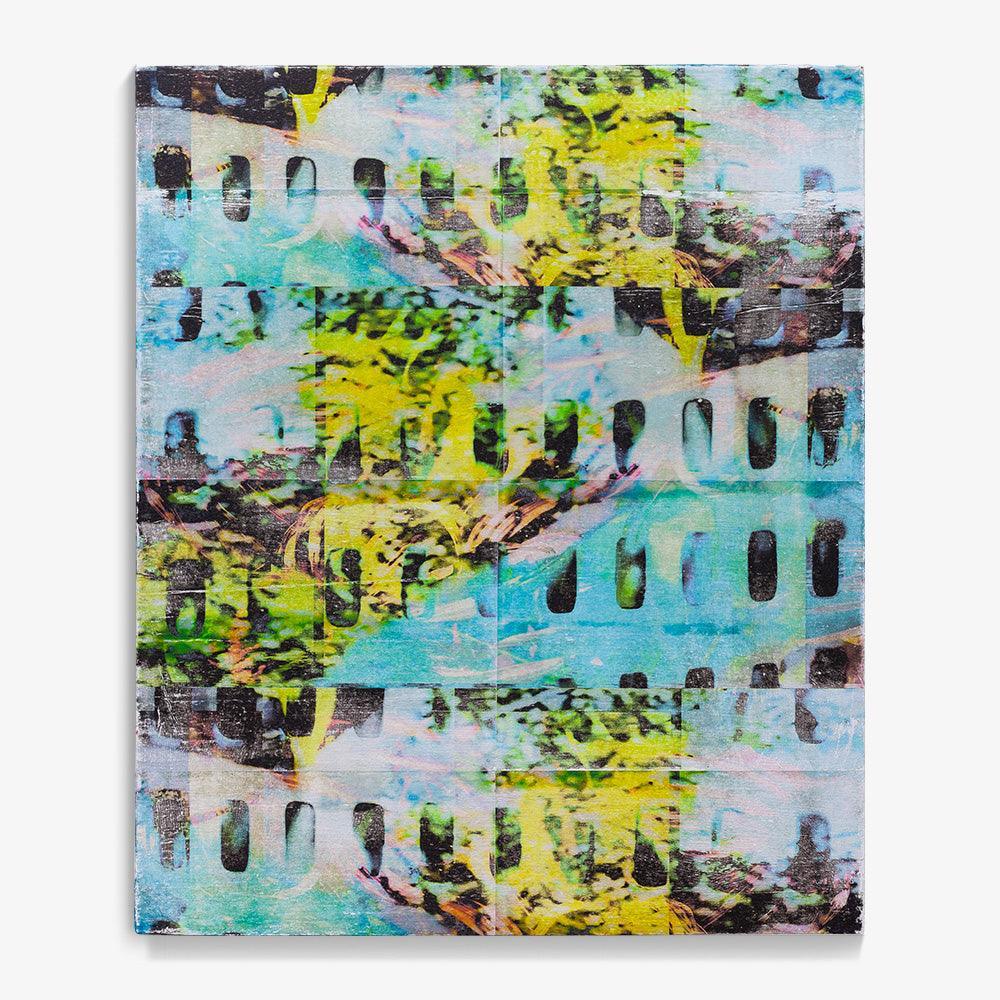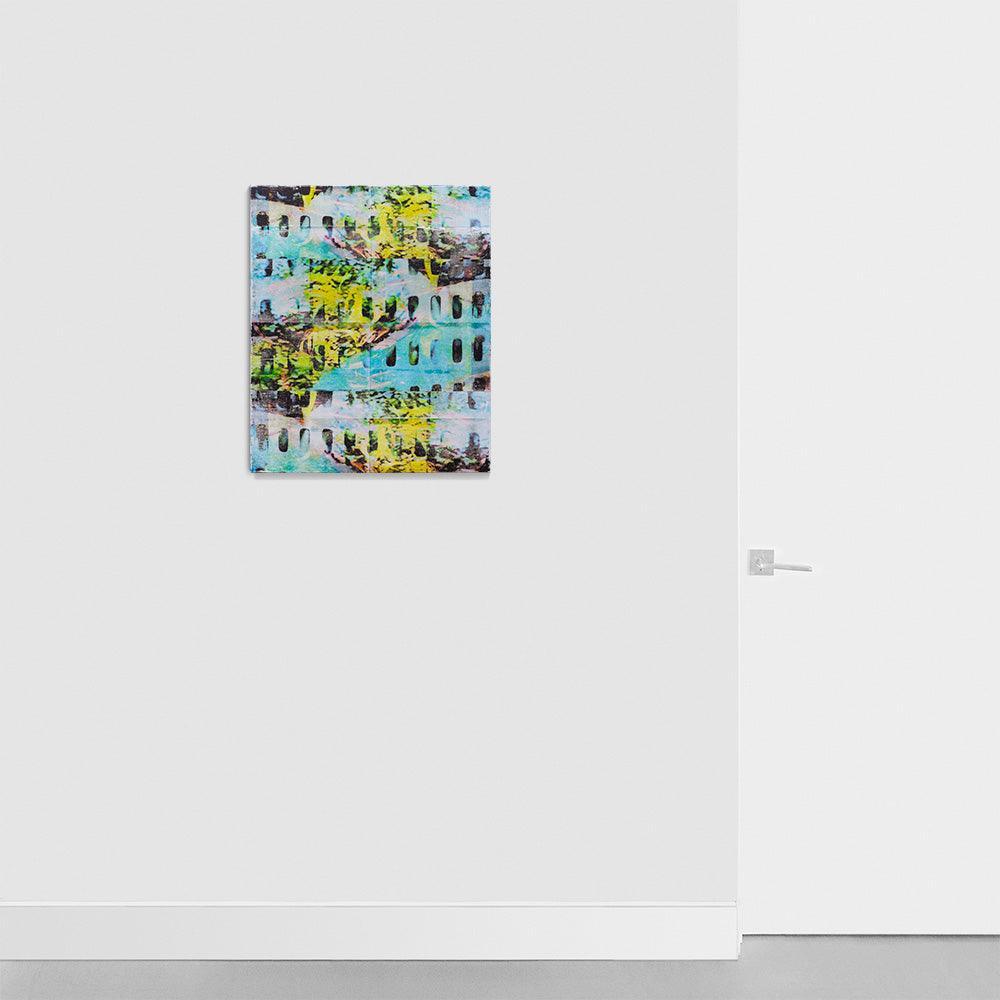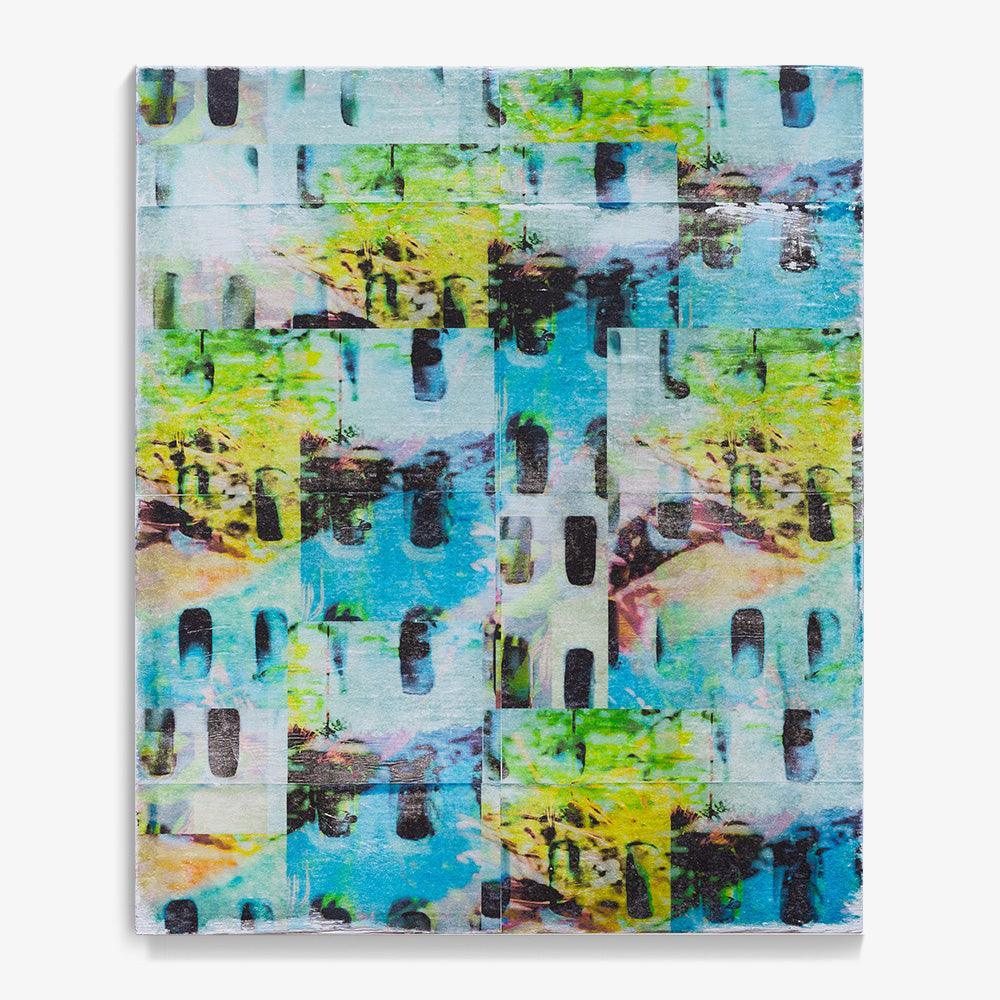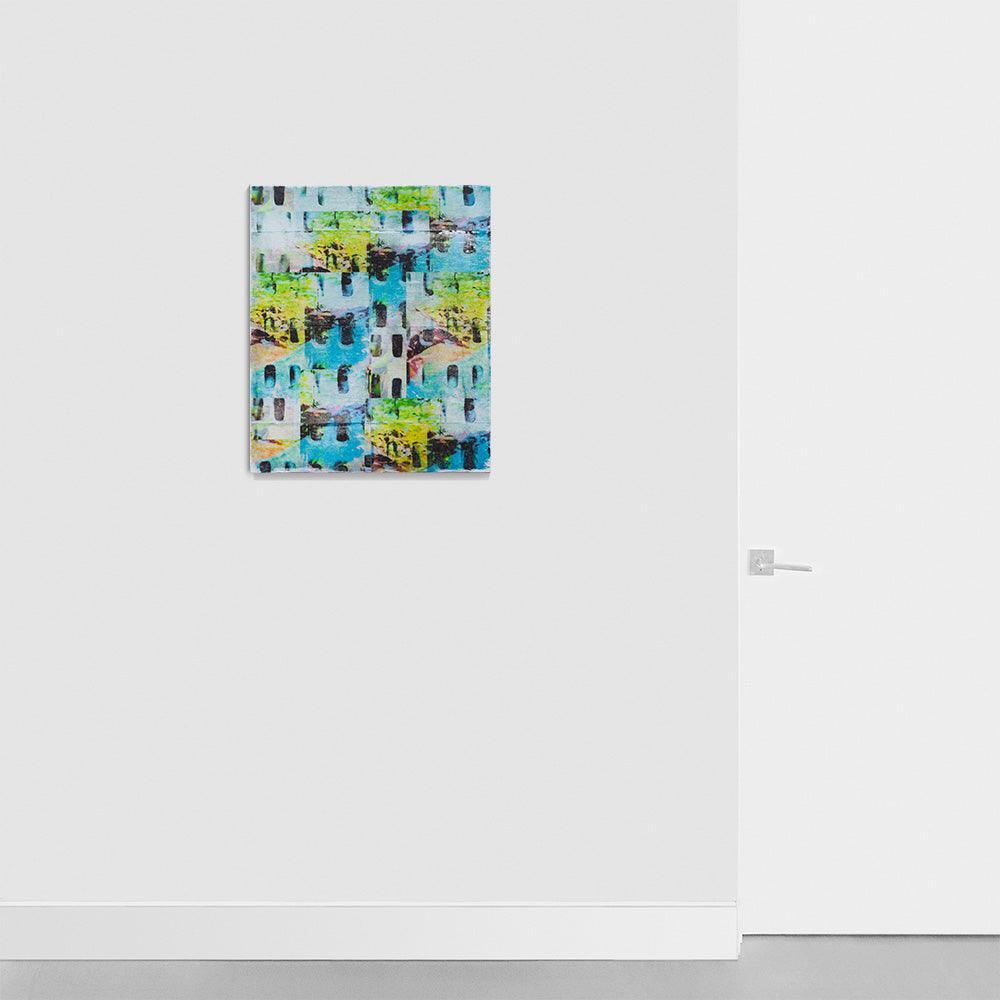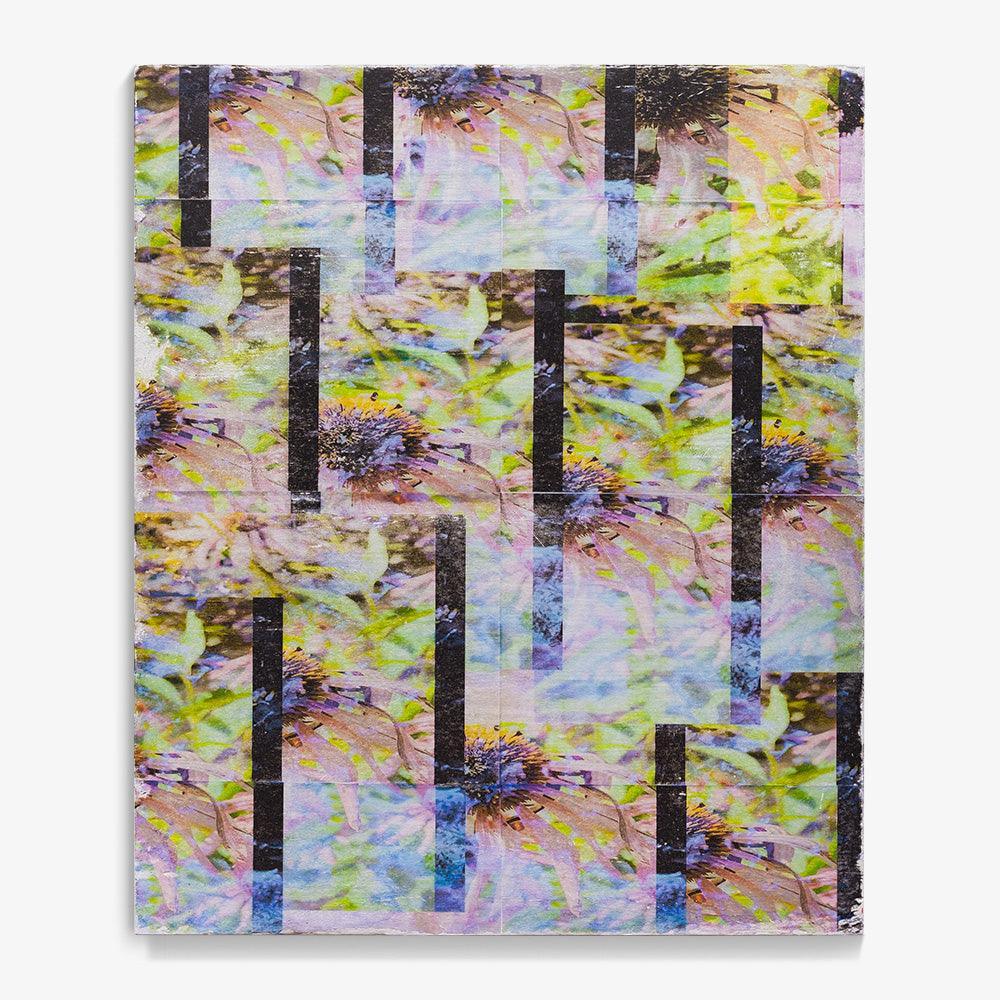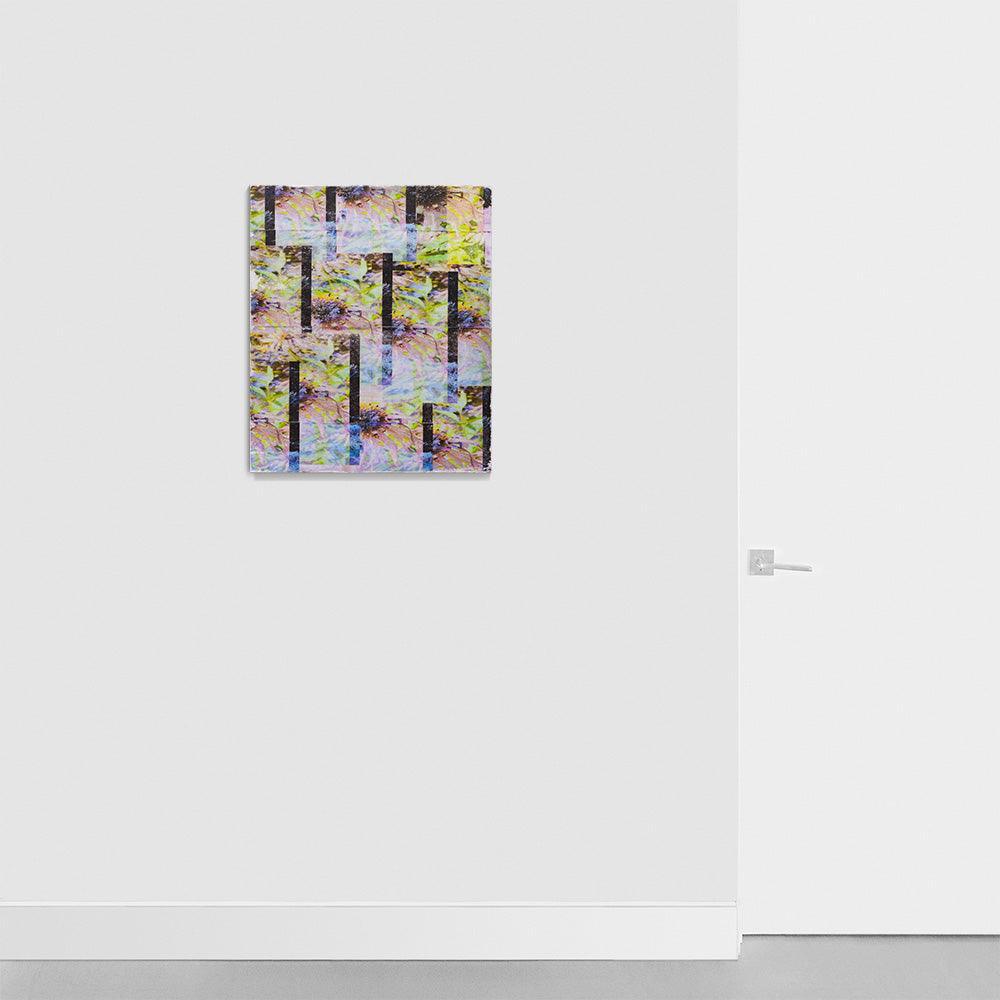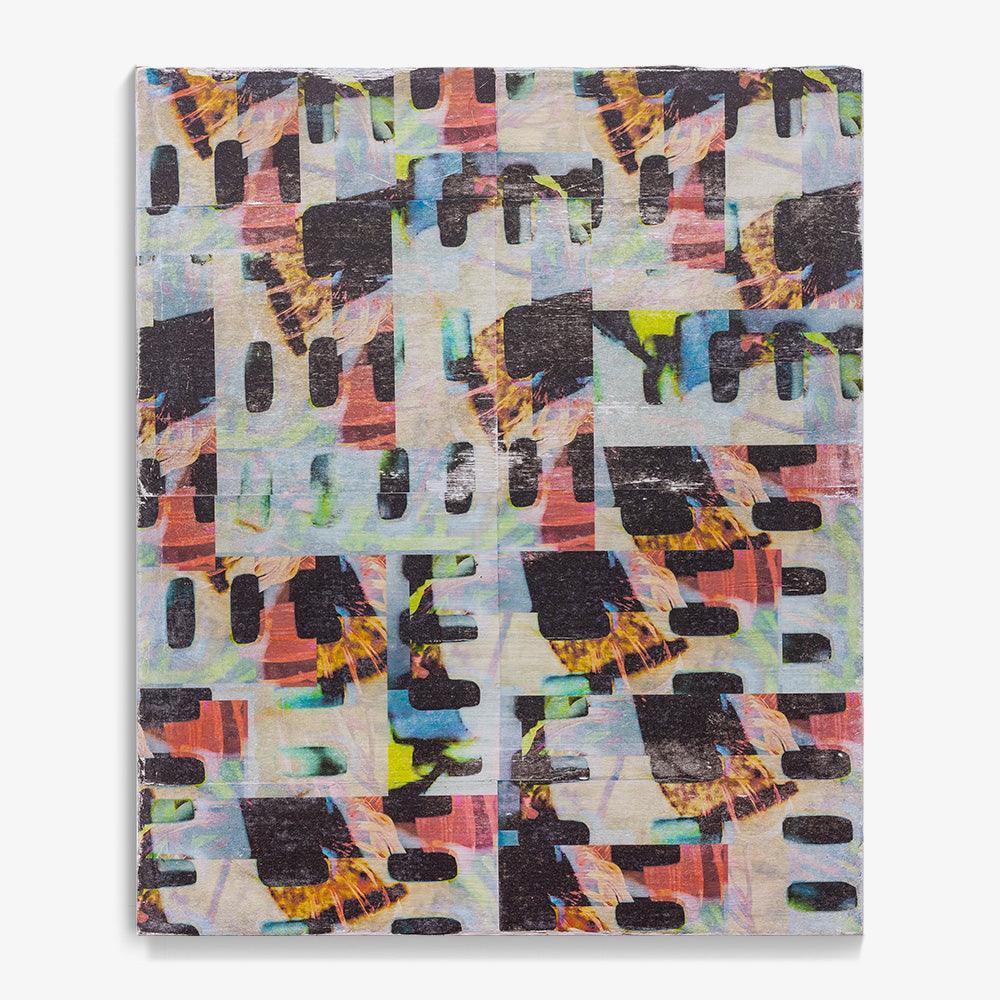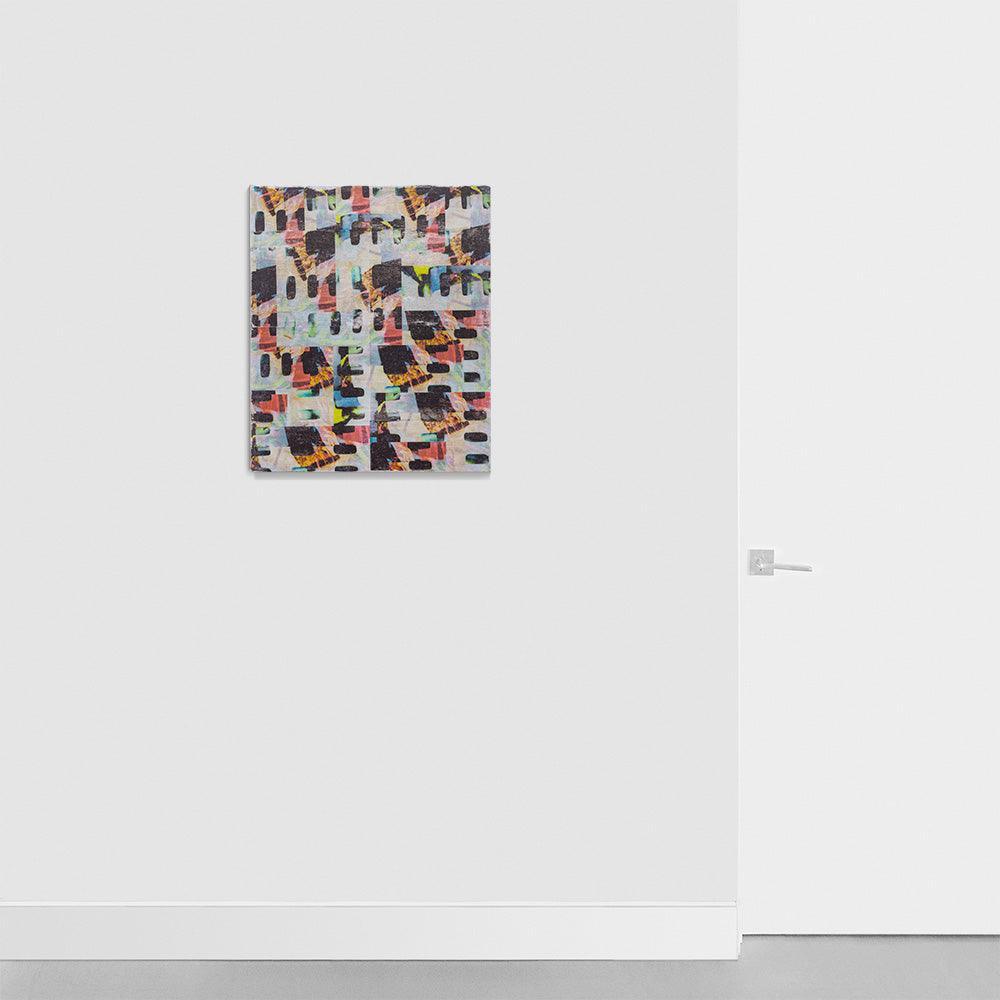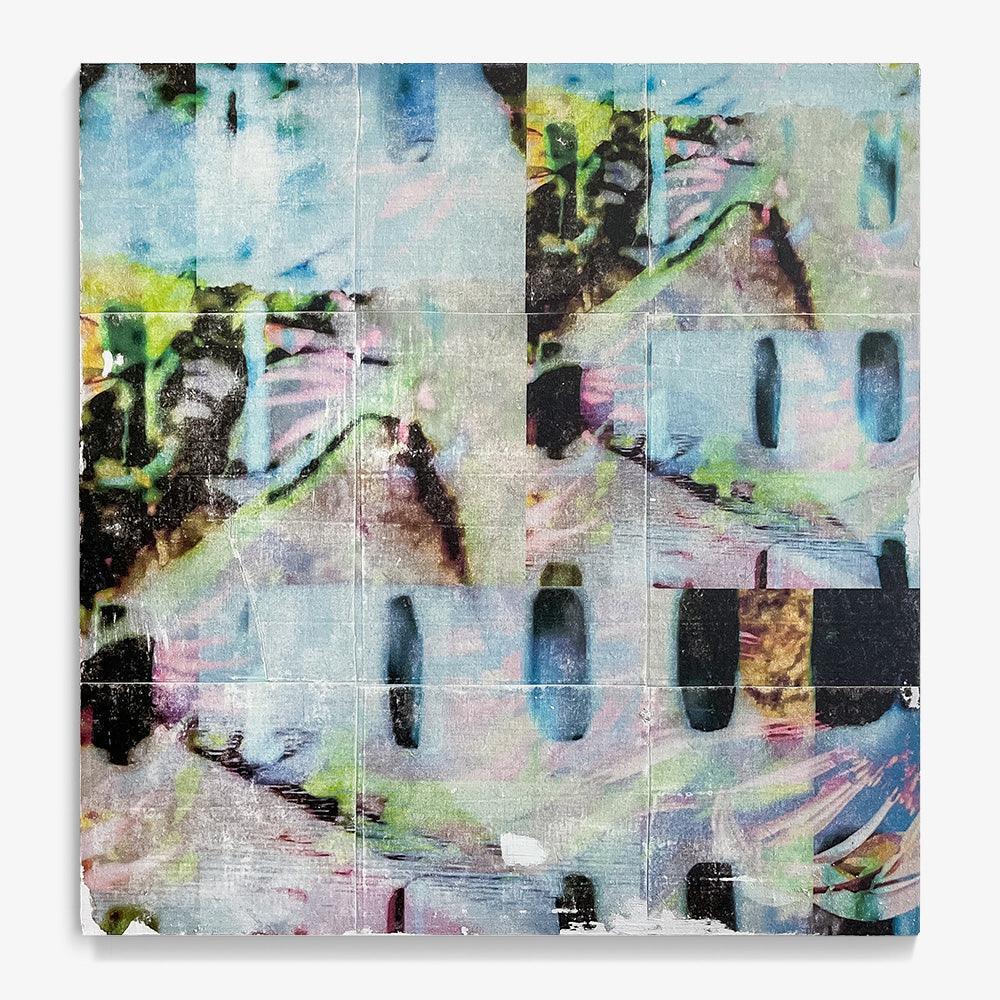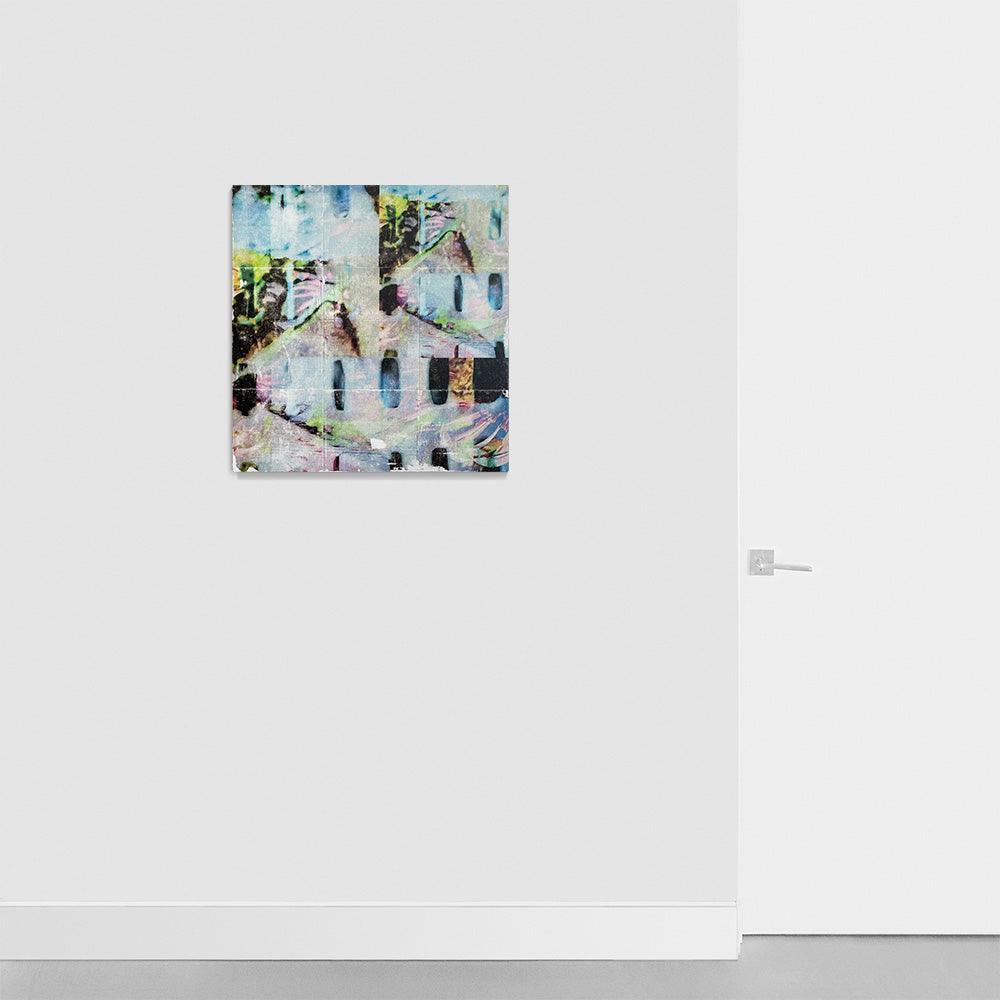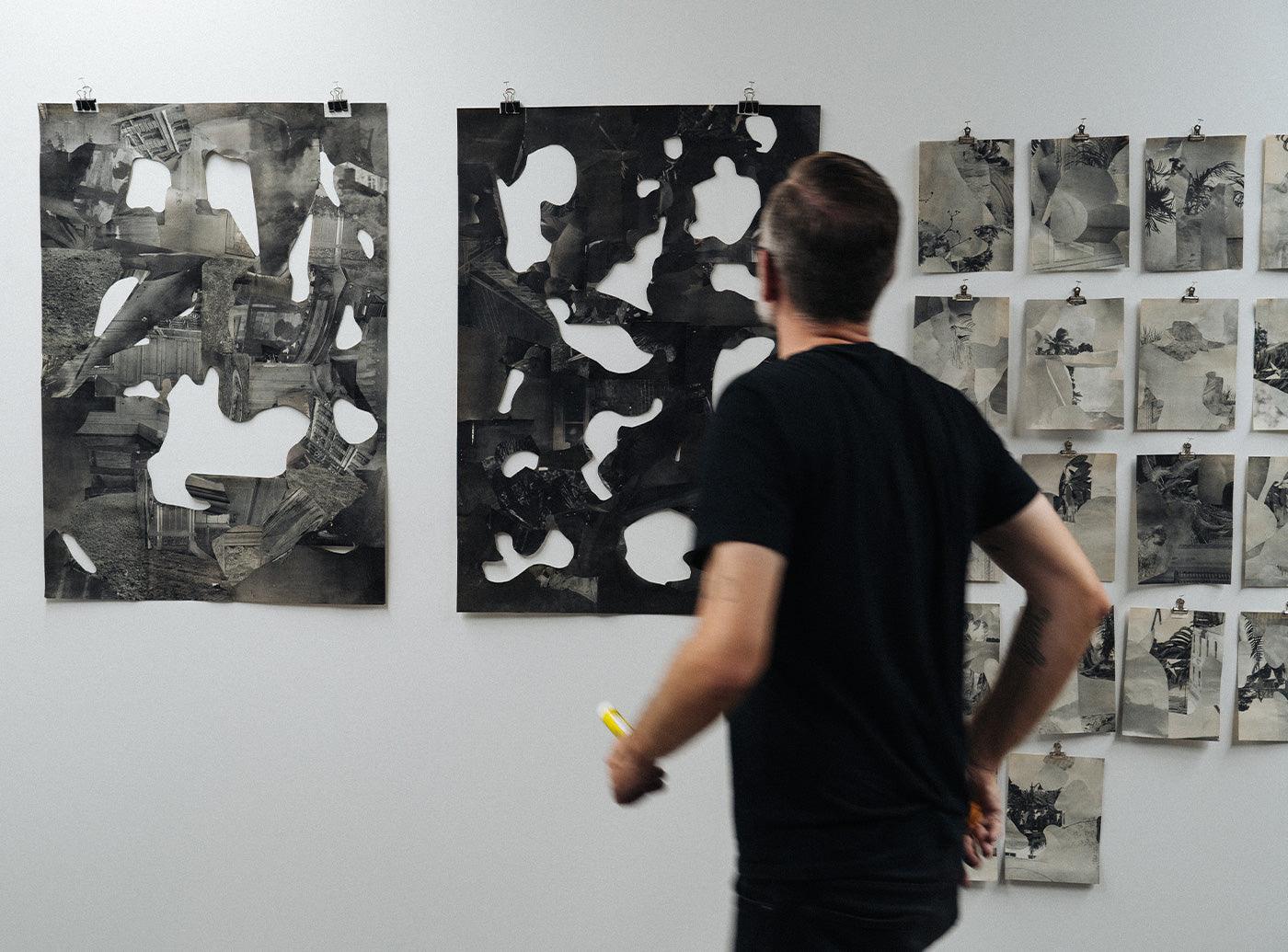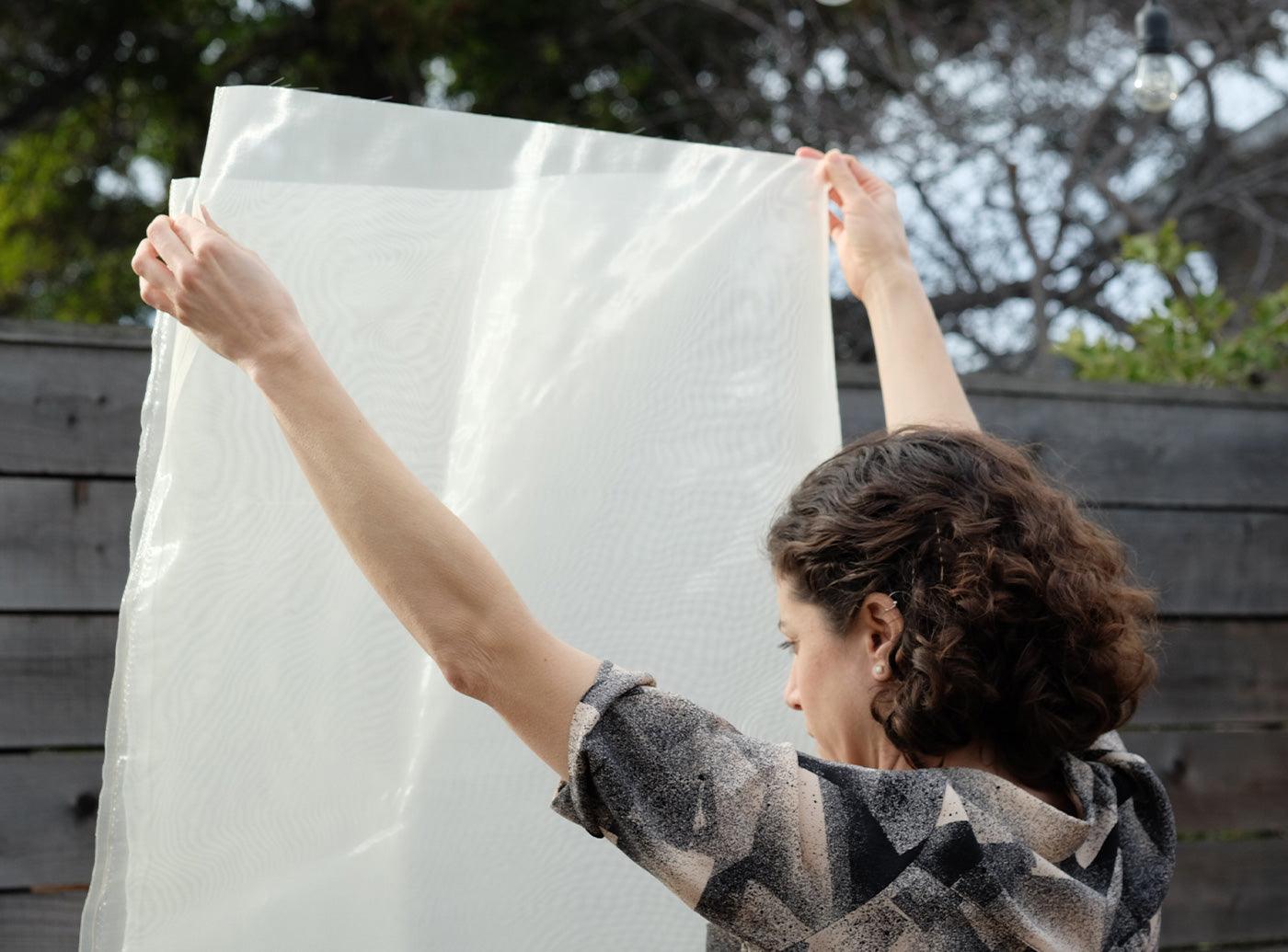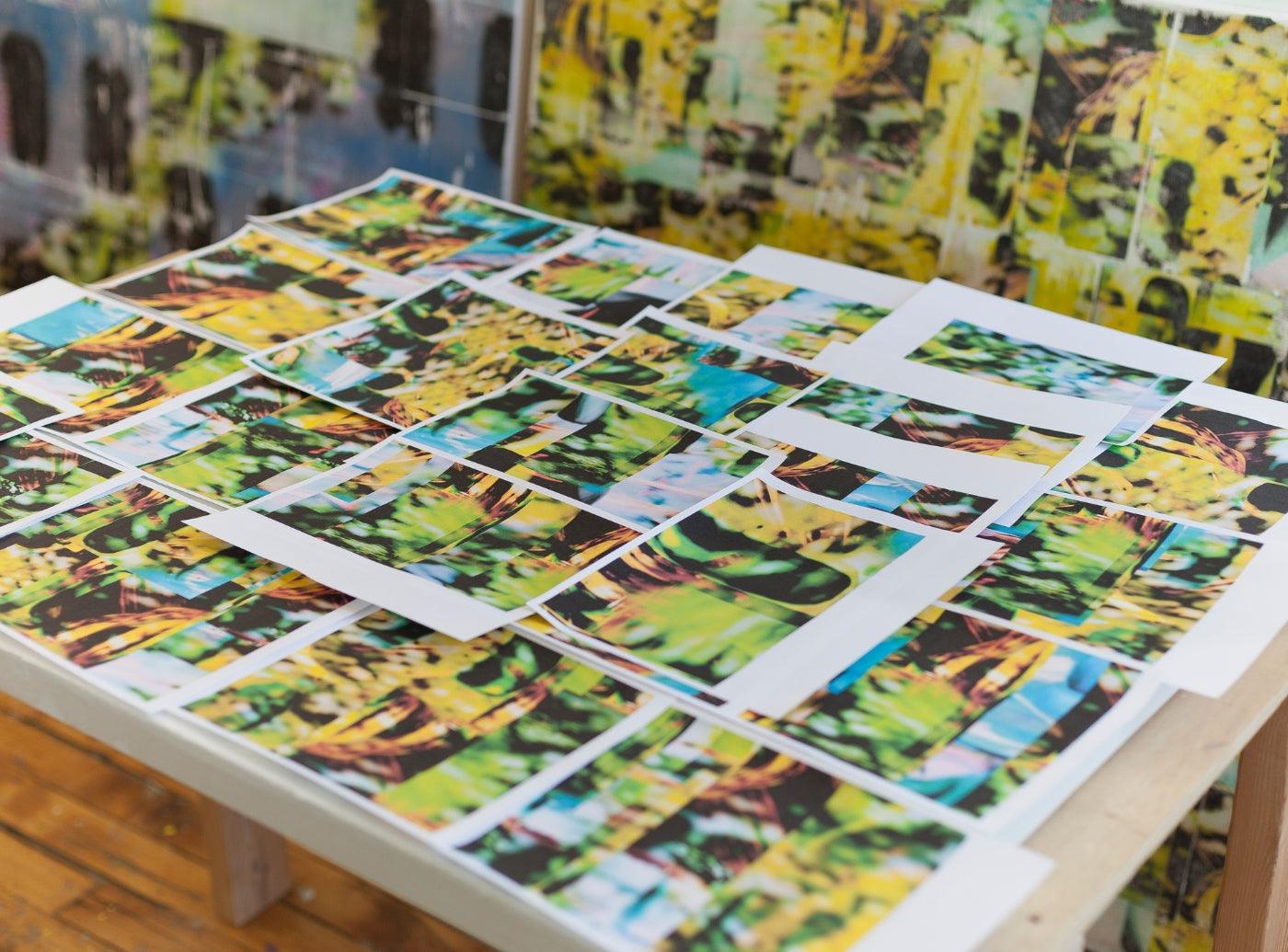
Jeff Kraus | Davis Lake
Davis Lake explores a personal relationship to location, memory, and time through the use of everyday technologies such as an iPhone, a personal computer, and an inkjet printer. Digital panoramas collaged and glitched atop one another create a brief moment of stillness both familiar and foreign. In this impermanence, nature collapses against technology and new memories and landscapes are formed.

Jeff Kraus says:
“This body of work is significant to me because as it serves as an exploration of the potential intersections between digital and physical expressions.”

What inspired the series? Tell us more about Davis Lake, your connection to it, why you felt the urge to create a series focussed around it?
The Davis Lake series finds its inspiration in my connection to a particular location, expressed through various mediums. Annually in the summer I spend time with my family at Davis Lake in northern Michigan, where my parents have made their home. While not a place from my upbringing, it has become significant to me in my adult life. The series delves into the nostalgia I experience while at the lake, capturing the subtleties and everyday moments — whether it's the morning breeze gently moving a windsock, the arrangement of plastic lawn chairs on the dock, the serene stillness of the lake in the mid-afternoon, or the plethora of hand- landscaped flowers in the front driveway. My aim is to explore and convey the essence of this place that holds personal meaning, compelling me to document and share its unique charm in an abstract way.
What is important to you about this body of work?
This body of work is significant to me because as it serves as an exploration of the potential intersections between digital and physical expressions. Through this work, I seek to navigate and understand the dynamic relationship between the tangible and the digital, offering a unique perspective on the convergence of these two realms.
What is your process? How is the work created?
The creative process initiates in nature, where fleeting moments are captured and digitally preserved through my phone. Upon returning to my studio in NY, I intricately layer these captured memories, forming new motifs and patterns. The collages are then printed on standard printer paper, adhering to the constraints of everyday technology. The printed pages are meticulously trimmed and arranged on the canvas. Once the final composition is established, the pages are inverted and placed face down into a transparent gel medium. This medium serves to capture and suspend the pigment from the paper in a transitional state, neither fully in the canvas nor on the surface. After allowing sufficient time for drying, the paper is dissolved in water and gently rubbed away. This transformative process leaves behind a tangible imprint, a temporal snapshot.


